The event also saw the announcement of decisions to establish commune-level Party organisations and the appointment of personnel to key positions in the Party Committees, People's Councils, People's Committees, and Vietnam Fatherland Front Committees at the commune level.

Attending the announcement ceremony were Dao Hong Lan, member of the Party Central Committee and Minister of Health; Tran Thi Hien, Vice Chairwoman of the Party Central Committee’s Inspection Commission; Nguyen Quang Duc, deputy head of the Party Central Committee’s Commission for Information, Education and Mass Mobilisation; and Y Thong, Deputy Minister of Ethnic and Religious Affairs.

Delegates attend the ceremony.
Provincial leaders included Secretary of the Party Committee Hoang Quoc Khanh; Standing Deputy Secretary of the Party Committee Lo Minh Hung; Nguyen Dinh Viet, Deputy Secretary of the Party Committee, Chairman of the People's Committee, and head of the provincial delegation of National Assembly deputies; among others.

The announcement ceremony is connected online to communes and wards.
The ceremony was connected online to 75 locations in the newly established communes and wards, with the participation of members of the provincial Party Committee’s Standing Board, members of the provincial Party Committee, leaders of provincial departments and agencies; deputy secretaries of the Party Committees, members of the Party Committees’ Standing Boards, and members of the Party Committees of the newly established communes and wards; along with officials, civil servants, public employees, Party members, and local people from hamlets, residential areas in the localities.

Former provincial leaders attend the ceremony.

Secretaries of the communal and ward Party Committees at the event.
The announcement ceremony was held in person at the provincial Convention Centre and connected online to 75 locations at the centres of newly established communes and wards. The event was broadcast live on the STV channel of the Son La Radio and Television Station and simulcast on the Son La Online Newspaper.

Standing Deputy Secretary of the provincial Party Committee Lo Minh Hung announces Resolution No. 1681/NQ-UBTVQH15 of the National Assembly Standing Committee regarding the reorganisation of commune-level administrative units in Son La province.
At the event, Standing Deputy Secretary of the provincial Party Committee Lo Minh Hung announced Resolution No. 1681/NQ-UBTVQH15 of the National Assembly Standing Committee regarding the reorganisation of commune-level administrative units in Son La province in 2025. According to the resolution, after the reorganisation, the number of commune-level administrative units in the province will be reduced from 200 to 75, including 67 communes and eight wards. Among these, 60 communes and eight wards will be newly established through the reorganisation, while seven communes will remain unchanged.
He also announced the decisions of the provincial Party Committee concerning the dissolution of district-level Party organisations; the establishment of Party organisations at the commune and ward levels; the appointment of members to Party Committees and their Standing Boards, Secretaries, and Deputy Secretaries; and the designation of members, Chairpersons, and Vice Chairpersons of the Inspection Boards of the communal and ward Party Committees.

Secretaries of the communal and ward Party Committees at the event.

Nguyen Dinh Viet, Deputy Secretary of the provincial Party Committee and Chairman of the provincial People’s Committee, announces the resolutions on appointing leaders of communal and ward People’s Councils and People’s Committees for the 2021–2026 term
At the ceremony, Nguyen Dinh Viet, Deputy Secretary of the provincial Party Committee and Chairman of the provincial People’s Committee, announced the resolutions on appointing leaders of communal and ward People’s Councils and People’s Committees for the 2021–2026 term.
He also declared the provincial Party Committee’s Decision No. 1450-QĐ/TU on the establishment of the agency of the provincial Vietnam Fatherland Front Committee, along with decisions to establish the agencies of the Vietnam Fatherland Front Committees at the commune and ward levels.

Provincial leaders present decisions to the Secretaries of the Party Committees of the newly established communes and wards.

Provincial leaders present decisions to the Secretaries of the Party Committees of the newly established communes and wards.

Provincial leaders present decisions to the Secretaries of the Party Committees of the newly established communes and wards.

Provincial leaders present decisions to the Secretaries of the Party Committees of the newly established communes and wards.


Ha Trung Chien, Secretary of the Party Committee of To Hieu ward, delivers a speech upon assuming his new duties.
On behalf of the leadership of 75 new communes and wards across the province, Ha Trung Chien, member of the provincial Party Committee’s Standing Board and Secretary of the Party Committee of To Hieu ward, delivered a speech upon assuming his new duties. He expressed strong determination, stating that with the responsibilities entrusted, the leadership of the ward will uphold the spirit of solidarity, proactivity, and innovation, quickly adapt to, master and successfully implement tasks under the new administrative model.
“We will focus on leading and directing efforts to concretise the Party’s guidelines and the State’s policies and laws into local practice; listen to the people’s opinions; promptly address issues arising at the grassroots level; and contribute to building a strong political system, promoting socio-economic development, and maintaining national defence and security in the locality.

Dao Hong Lan, member of the Party Central Committee and Minister of Health, delivers a speech at the ceremony.
In her speech at the ceremony, Minister of Health Dao Hong Lan requested that the appointed and assigned officials of Son La province uphold a strong sense of responsibility, demonstrate their mettle, intelligence, and dedication; promote solidarity, dynamism, and proactive adaptation to new requirements; and think big, act bold, and take responsibility for the common good; and quickly adapt to their new roles.

She said that all tasks under the jurisdiction of the two administrative levels must be carried out smoothly, without delay or omission, in order to better serve the people and businesses. At the same time, it is necessary to uphold the image and working style of officials, shifting "from administrative service to serving the people."
In localities where commune-level staff are lacking, the provincial level must promptly and adequately allocate personnel to support and ensure smooth operations, she said, requesting public administrative service centres at all levels be operated effectively to promptly address the needs of organisations and individuals in accordance with regulations. The application of information technology in administrative procedures must be strengthened.
Communication and public awareness efforts must be carried out effectively to promote the Party’s sound policies and the State’s laws on the reorganisation of administrative units at all levels, and to successfully implement the two-tier local government model, she added,
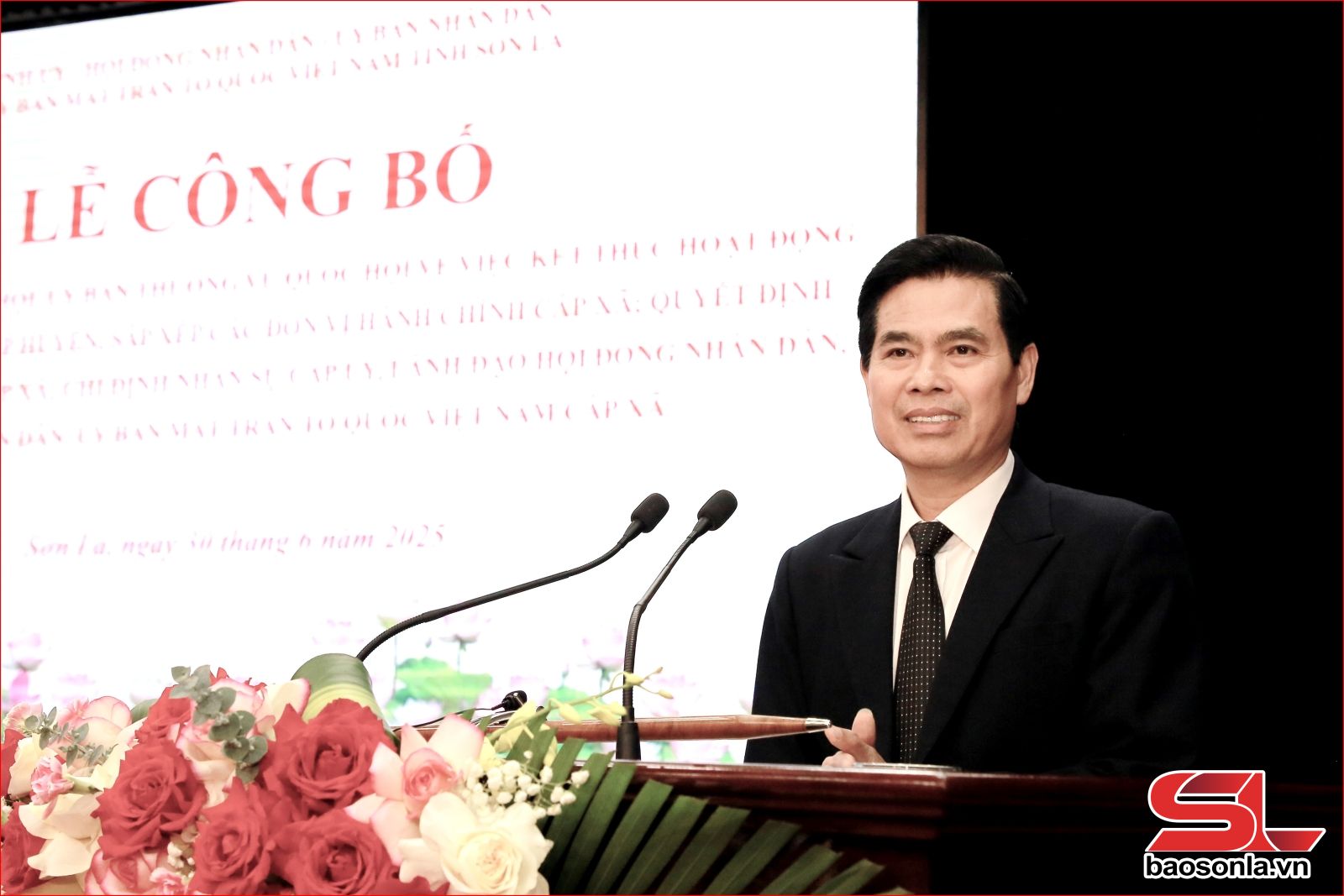
On behalf of the provincial leadership, Secretary of the provincial Party Committee Hoang Quoc Khanh expressed sincere thanks to the Minister of Health for recognising and commending the achievements that the provincial Party Organisation has attained in recent times. He also appreciated the minister’s in-depth, comprehensive, and practical guidance and directions for the province in the coming period.
The Secretary requested that all Party committees and government bodies continue to closely follow the leadership and direction of the Party Central Committee and the province regarding the organisation and operation of the two-tier administrative system. He called for proactive efforts to overcome difficulties and immediately begin implementing assigned tasks, ensuring the synchronised, unified, and efficient operation of all Party and State agencies and mass organisations within the political system starting from July 1, 2025.
He also emphasised the need to boldly innovate operational methods, accelerate digital transformation and administrative procedure reform, and maintain closer engagement with the people in order to promptly and efficiently address public concerns.

Party committees, local authorities, and organisations within the political system must place special emphasis on building the great national unity bloc. In this process, the head of each unit must serve as the centre of solidarity, capable of unlocking local potential, connecting personnel, and leading the Party organisation and the political system to operate in a synchronised, unified manner toward shared goals.
Each cadre, Party member, civil servant, and public employee must uphold a strong sense of responsibility, set an example, and be dedicated in their work. They should quickly adapt to their new roles and proactively improve their professional qualifications to meet the demands of the new tasks.
Key officials at the commune and ward levels, especially those newly assigned from provincial-level offices, must fundamentally shift their mindset and working methods. They need to firmly grasp the situation on the ground, and promptly address issues that arise at the grassroots level.

Trang Thi Xuan, member of the provincial Party Committee’s Standing Board and Permanent Vice Chairwoman of the provincial People’s Committee, attended the announcement ceremony from Song Ma commune.
As of July 1, the former Song Ma district officially ceased operations as a district-level government unit. Simultaneously, the number of commune-level administrative units was reorganised and reduced from 19 to nine, namely Chieng Khuong, Bo Sinh, Song Ma, Huoi Mot, Muong Hung, Chieng Khoong, Muong Lam, Chieng So, and Nam Ty.
Song Ma commune was newly established through the merger of Na Nghiu commune and Song Ma town. It covers an area of over 105,000 square kilometers and has a population of more than 26,000 people. From June 25 to 27, the commune carried out a trial operation of the new two-tier local government model; appointed and assigned civil servants and public employees in accordance with regulations; and prepared all necessary infrastructure and equipment to ensure the full operation of the new government structure starting July 1.
On this occasion, Xuan presented a basket of flowers from the provincial Party Committee, People's Council, People’s Committee, and Fatherland Front Committee to Song Ma commune.






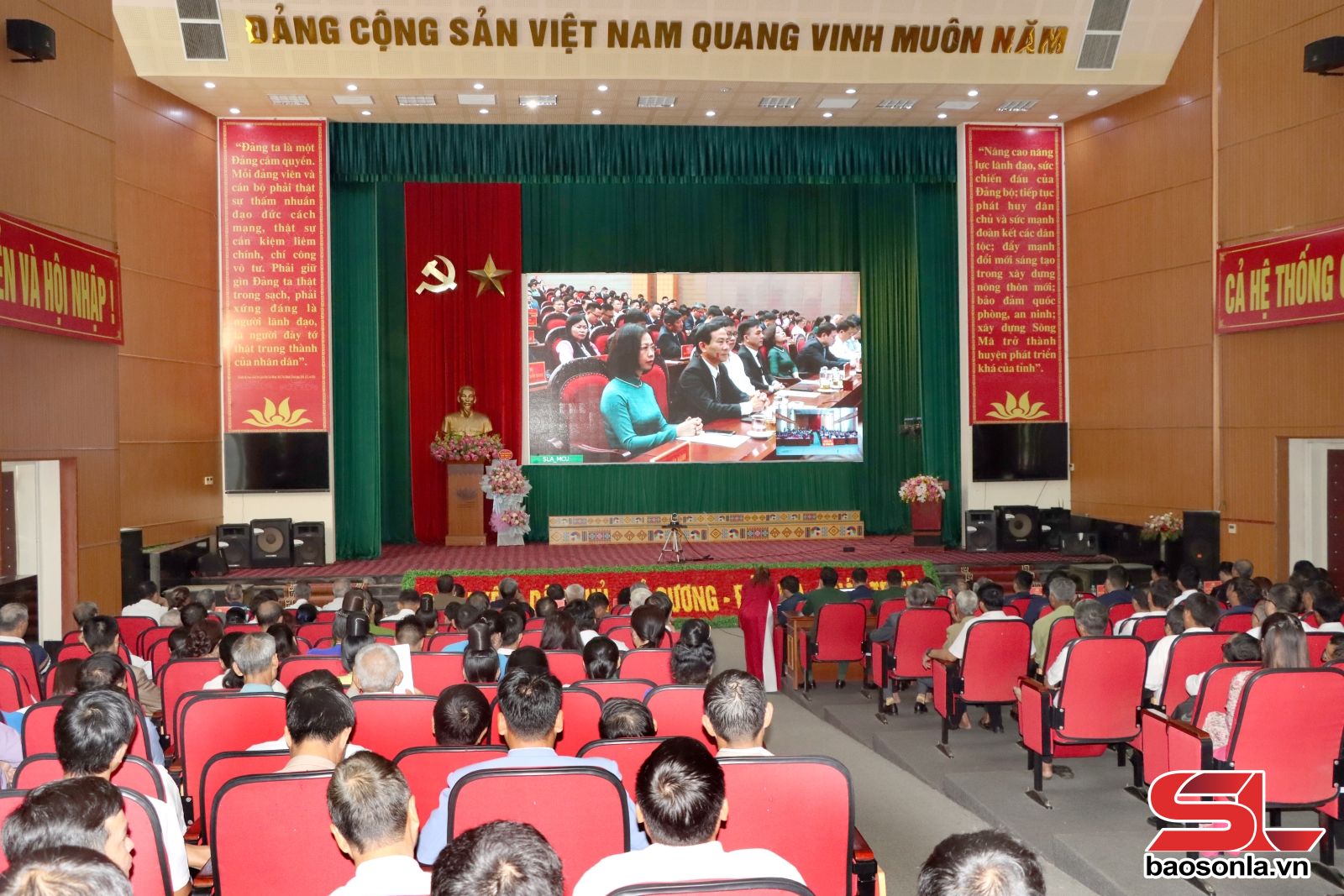
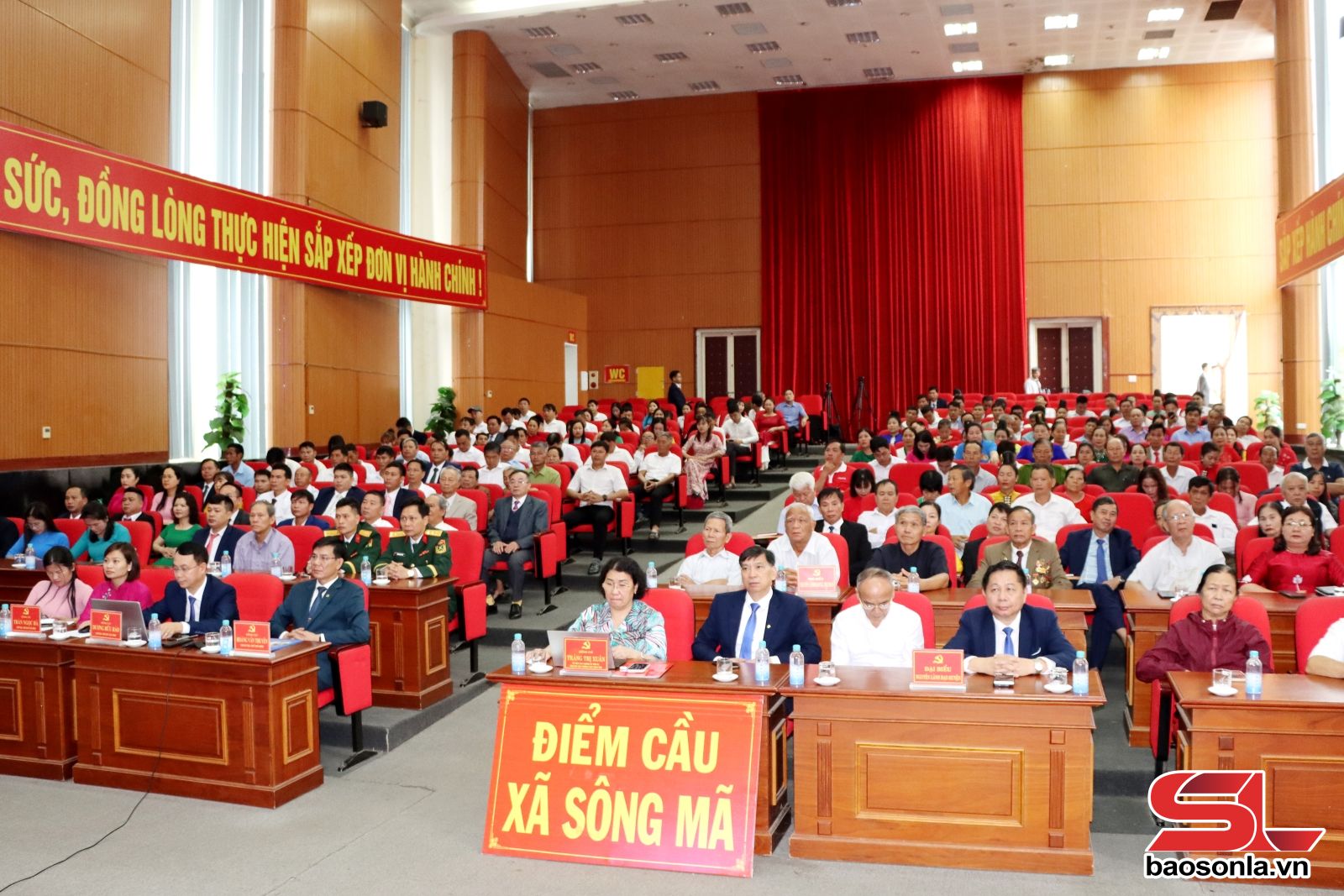
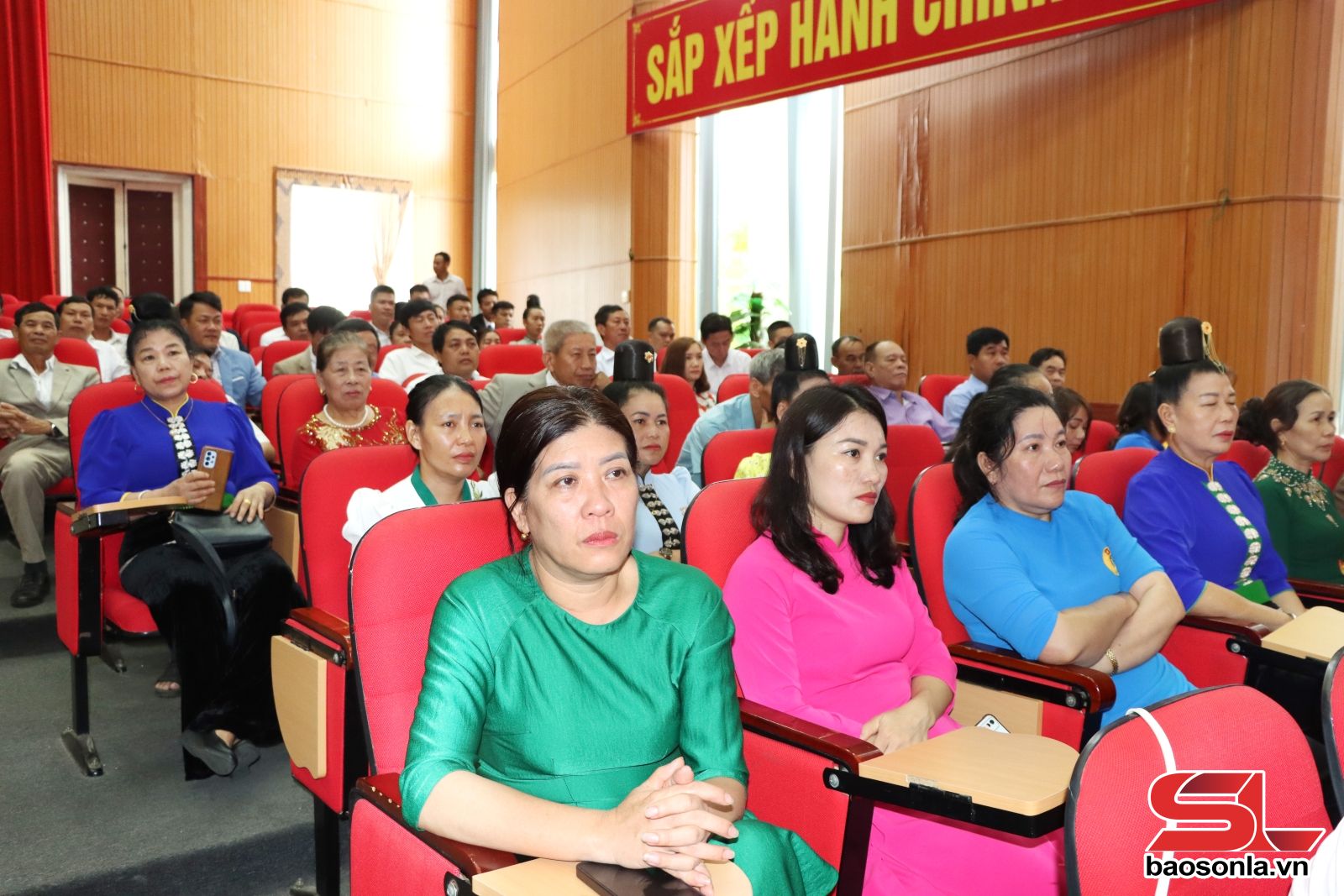
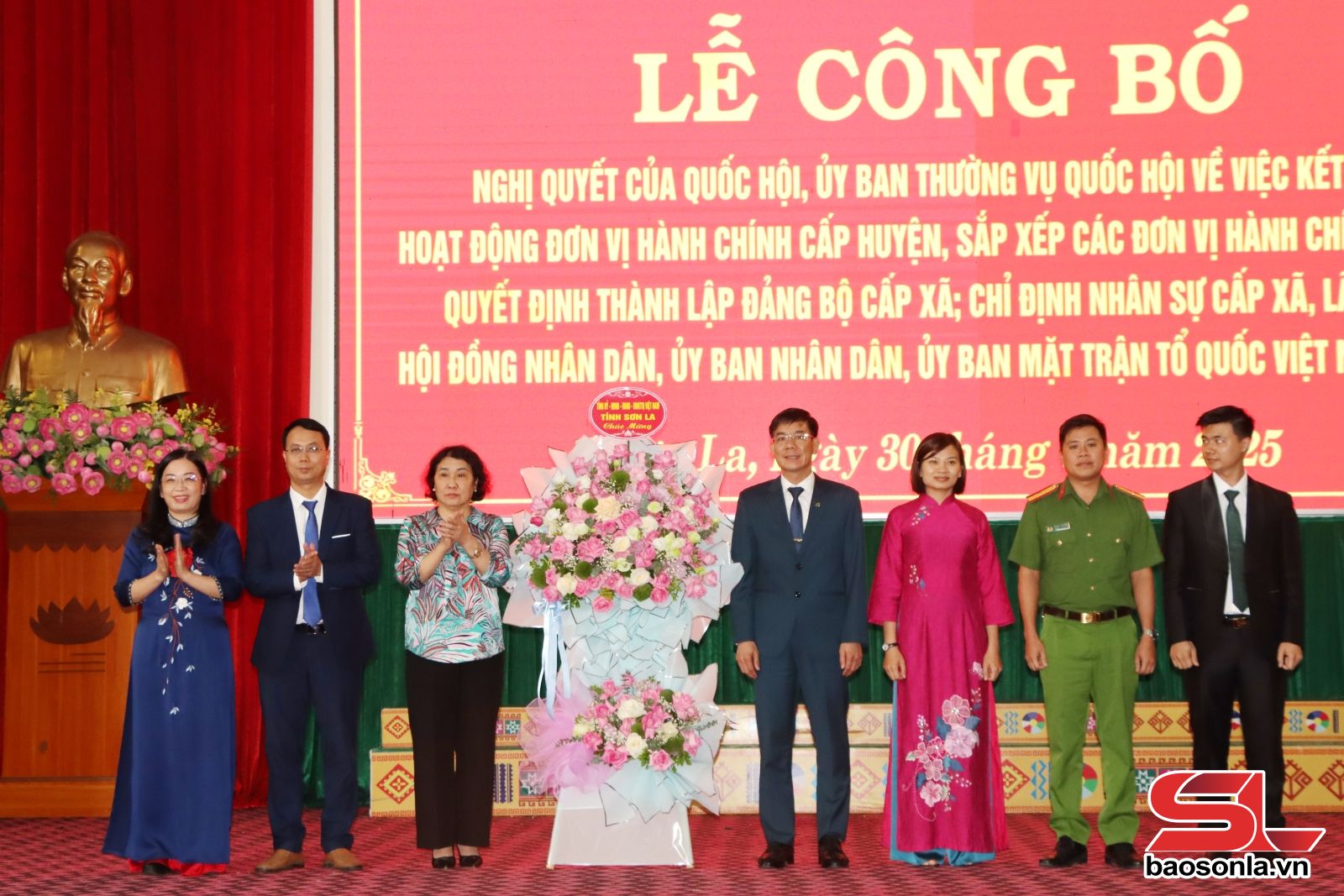



.jpg)
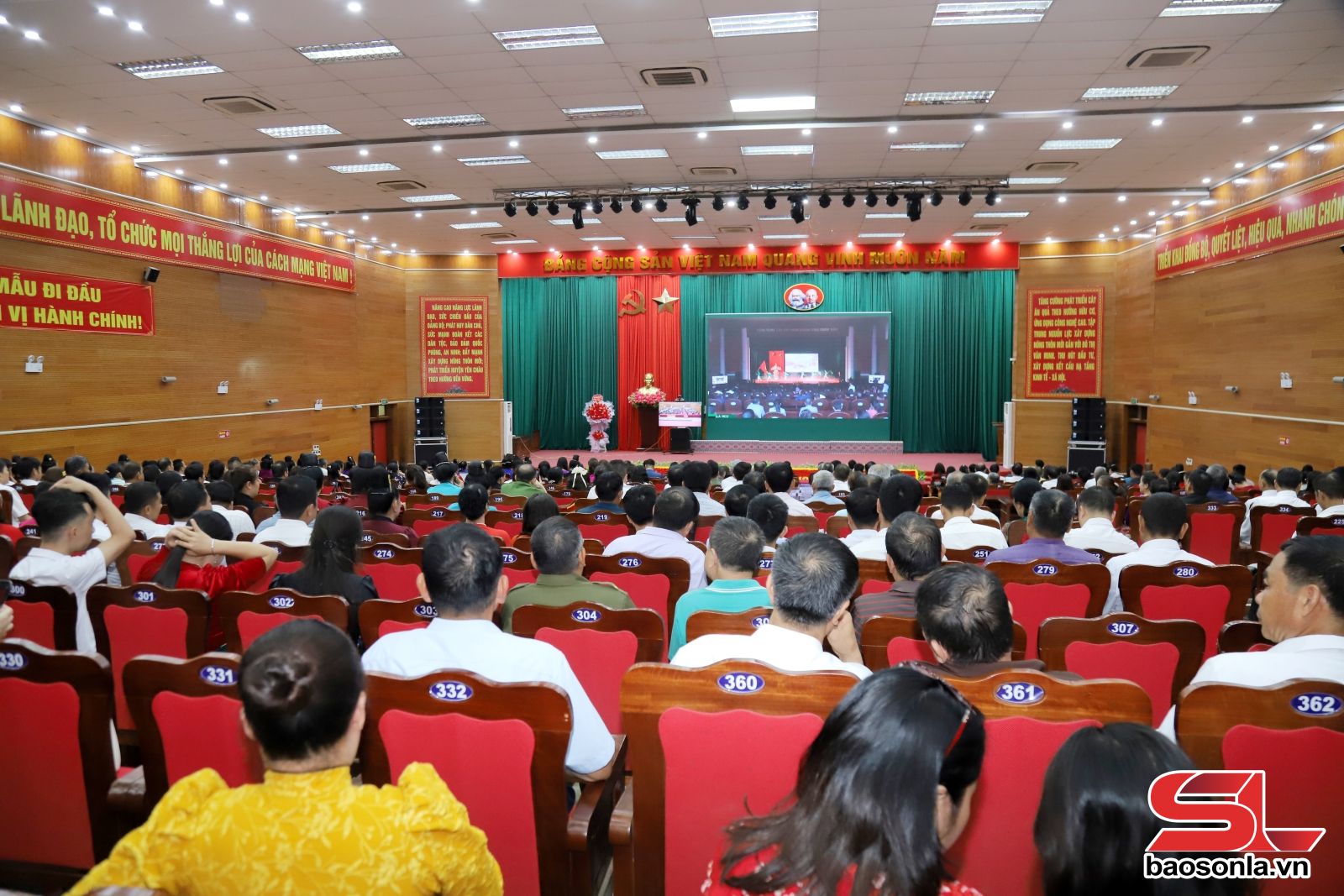
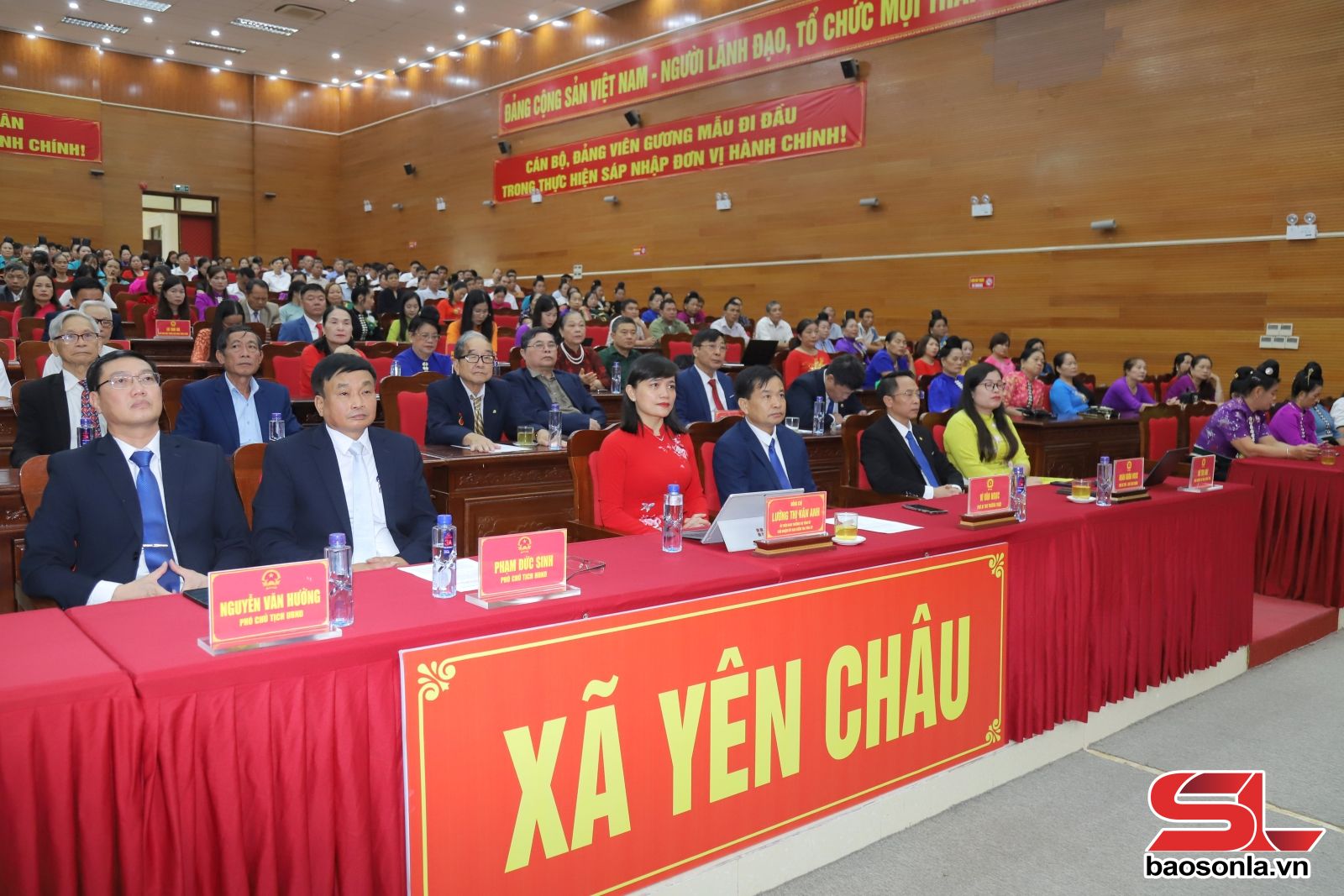
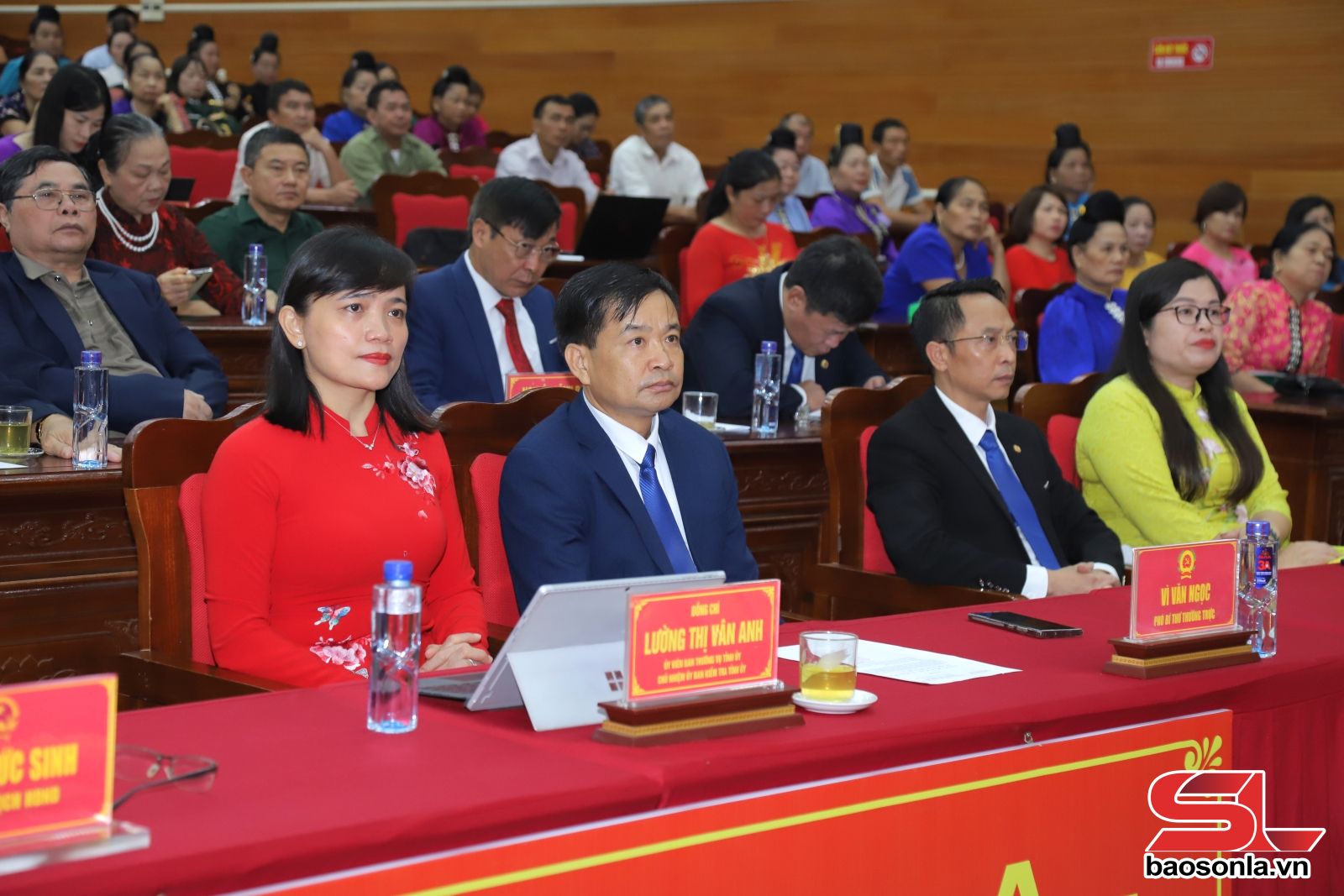
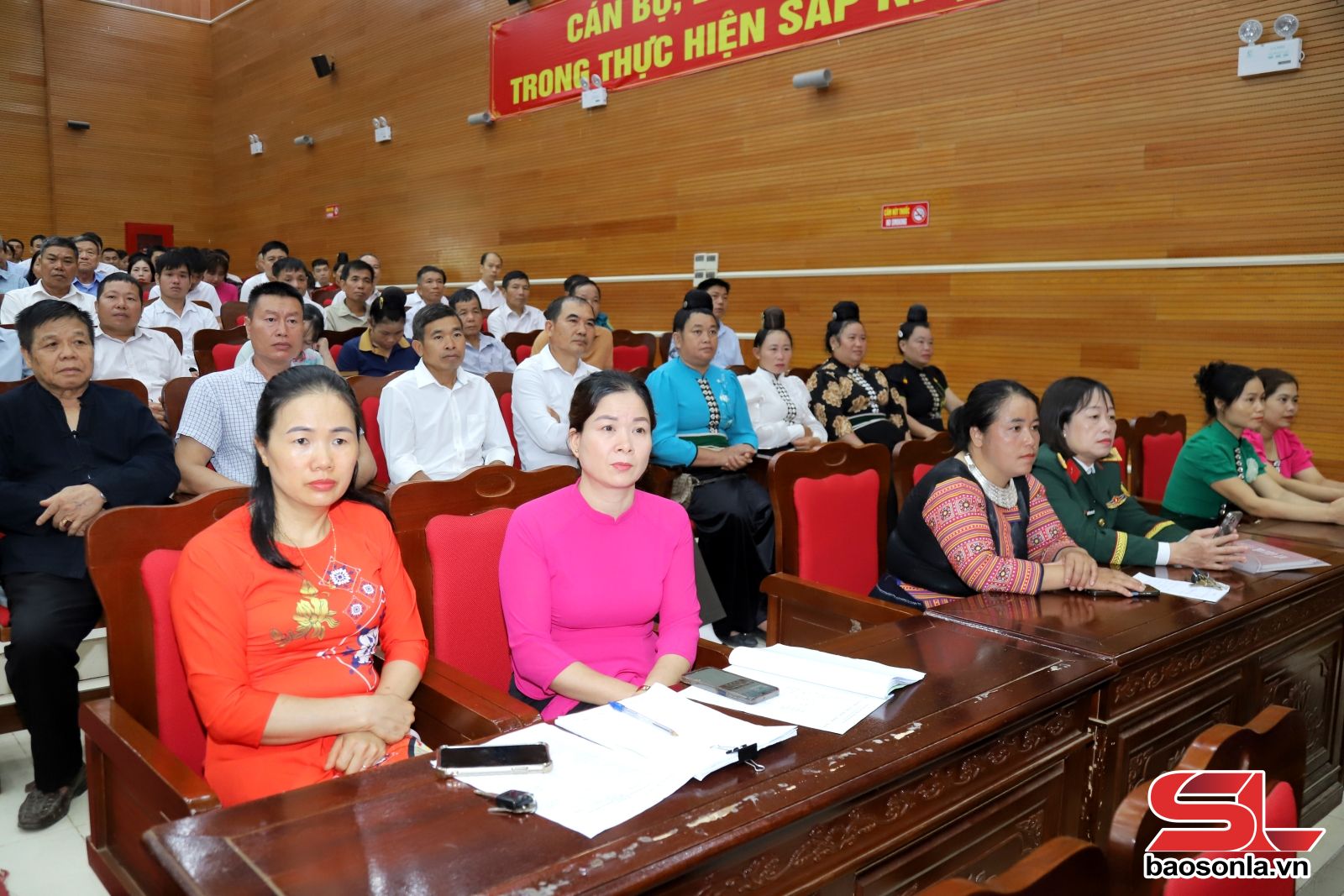
.jpg)
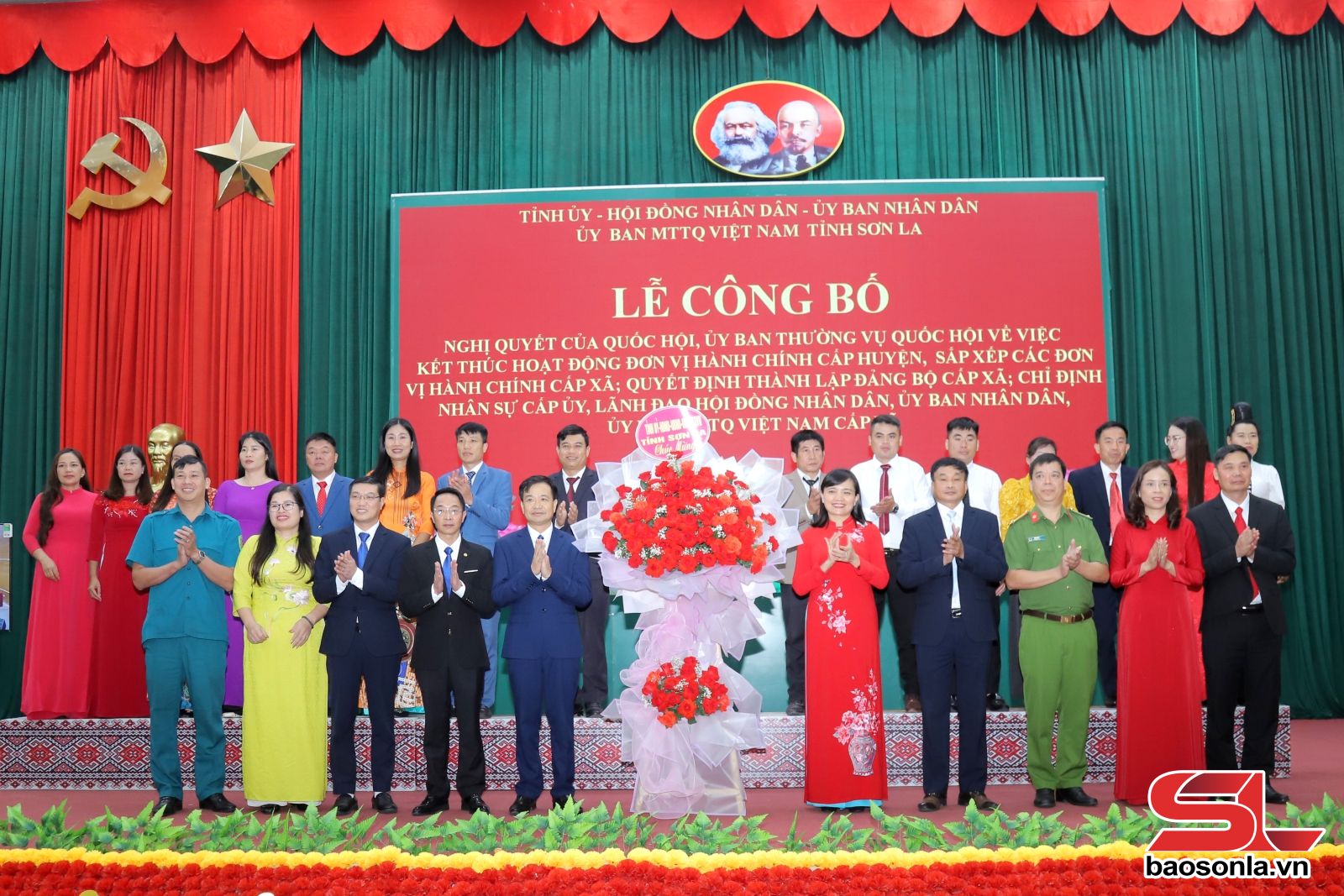
.jpg)
.jpg)
.jpg)
.jpg)
.jpg)
.jpg)
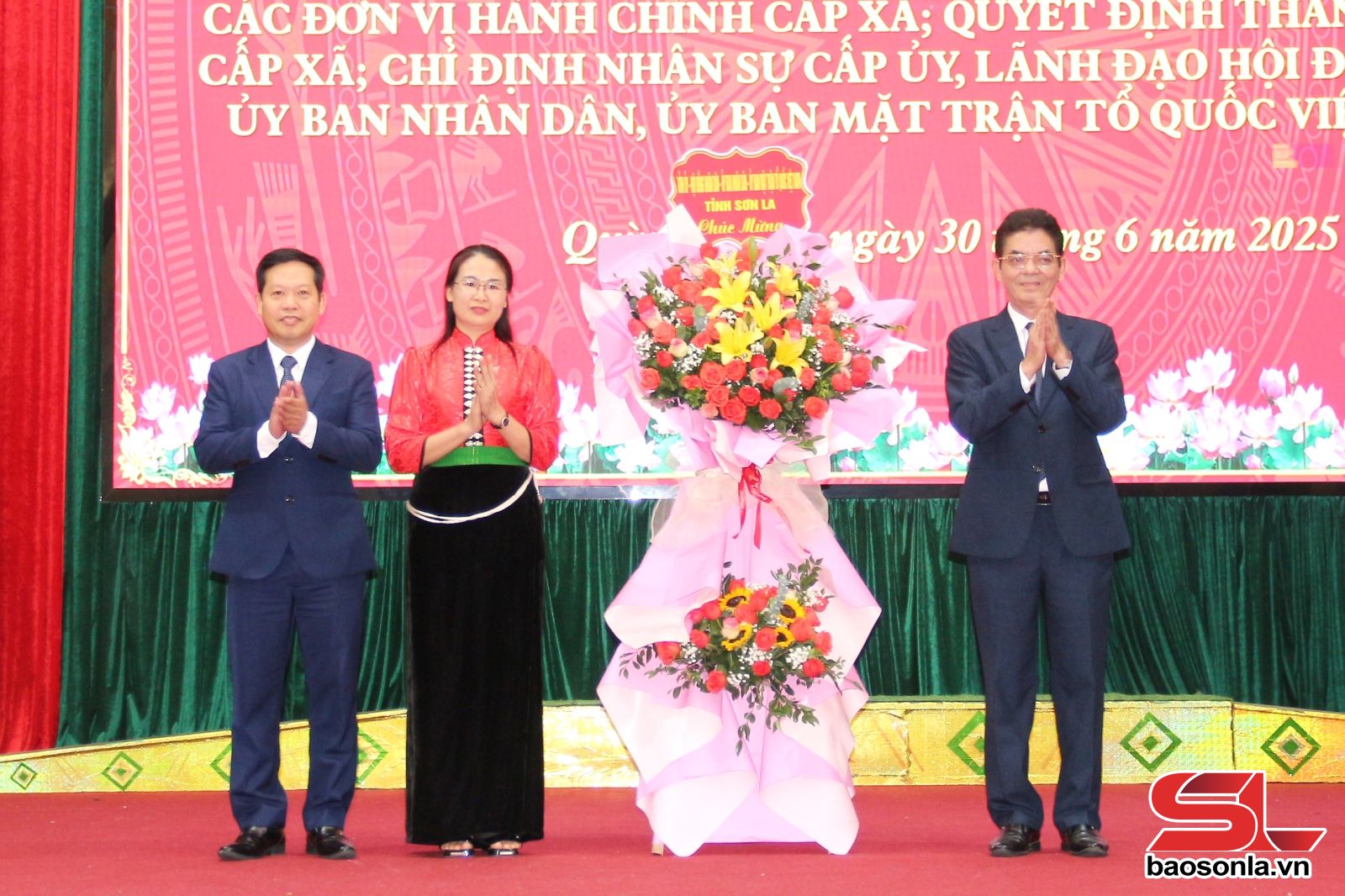
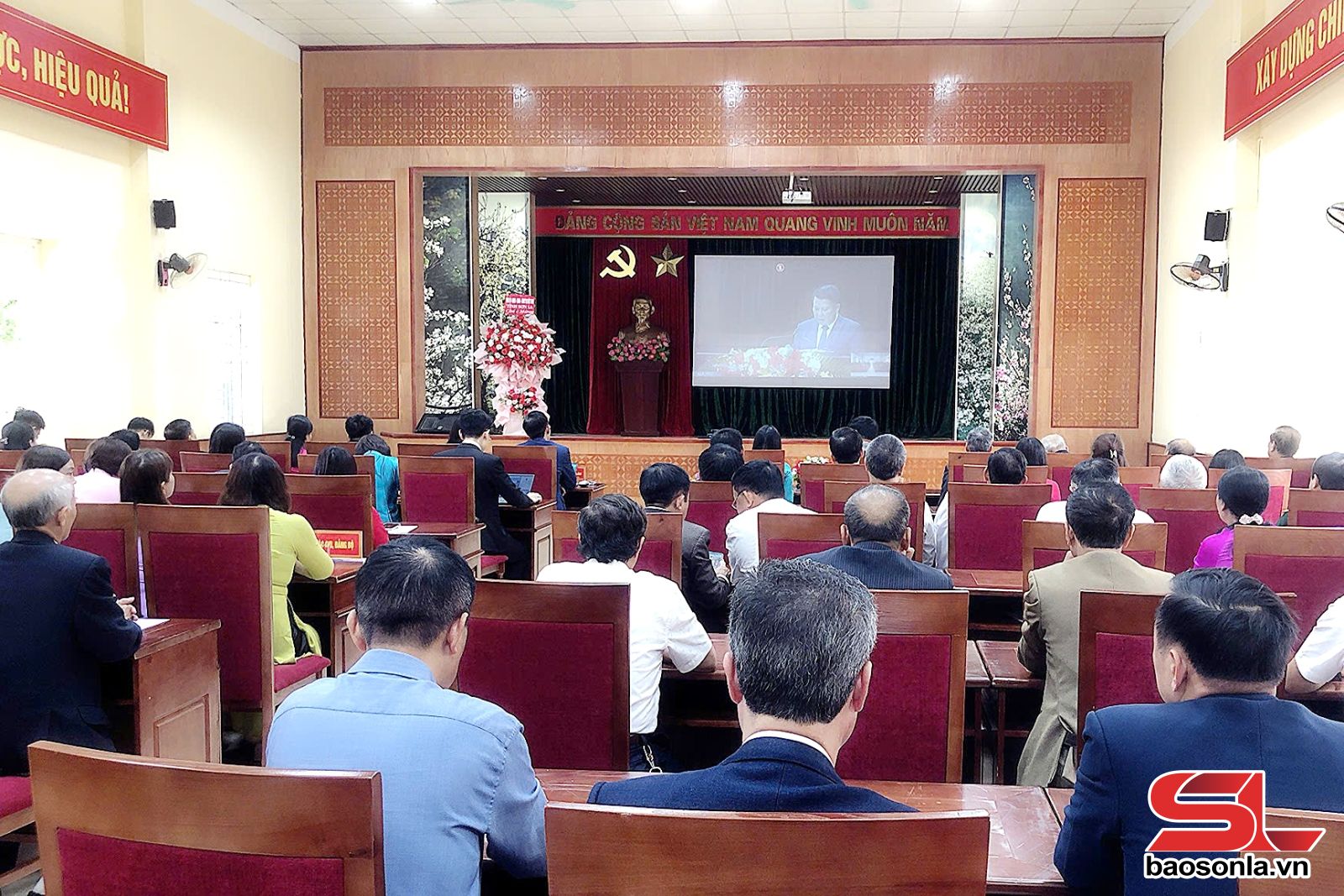
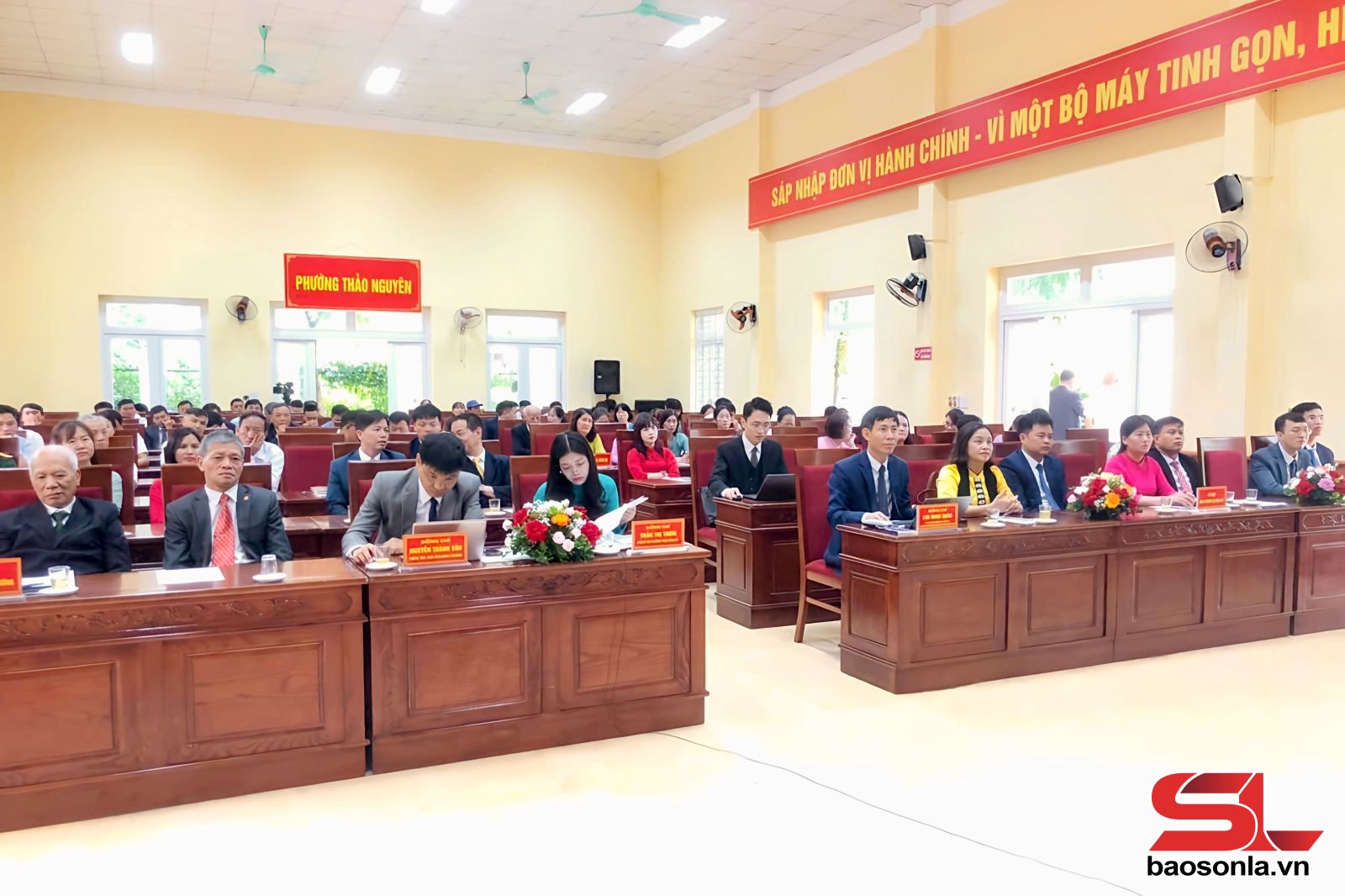
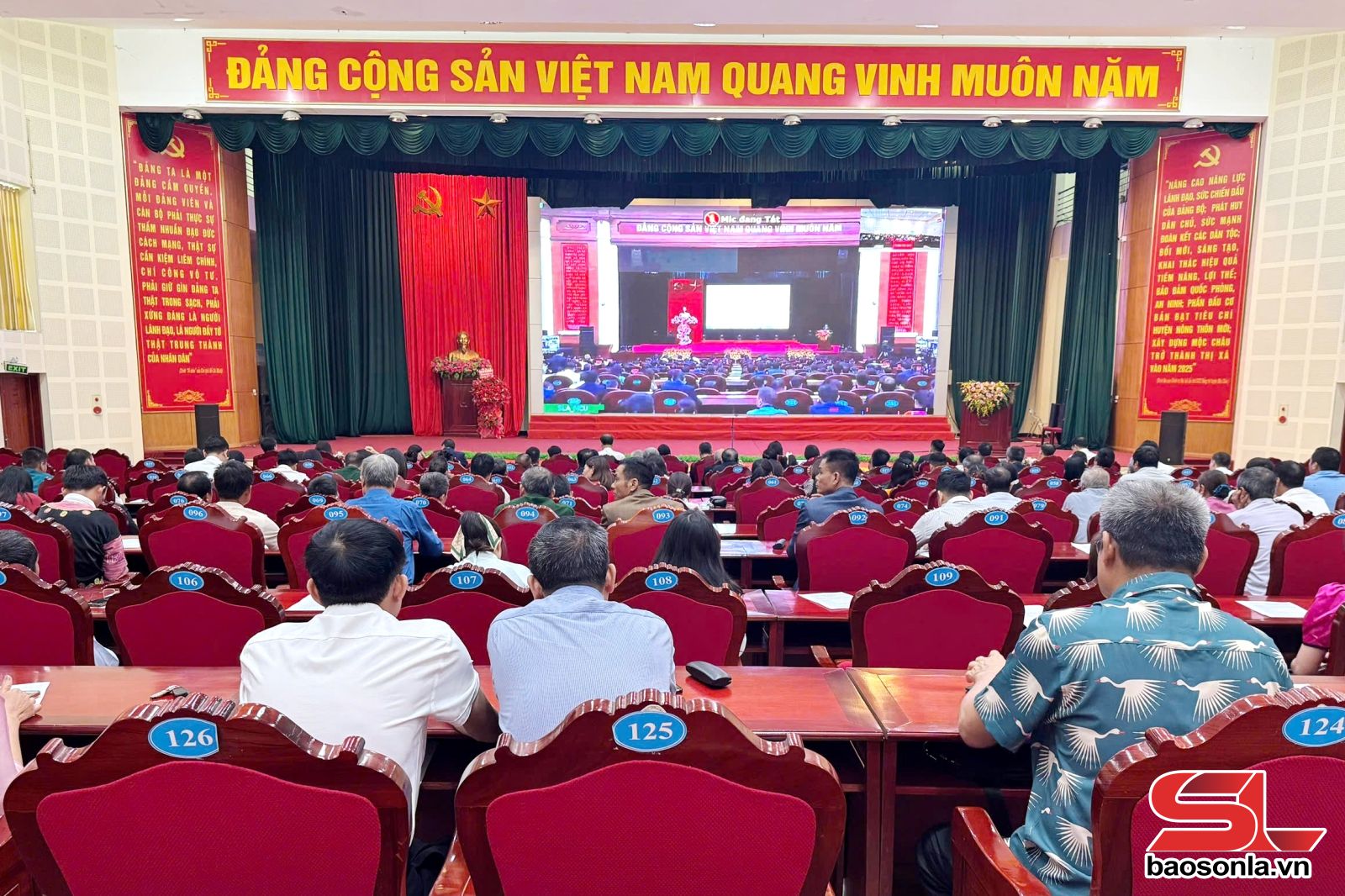
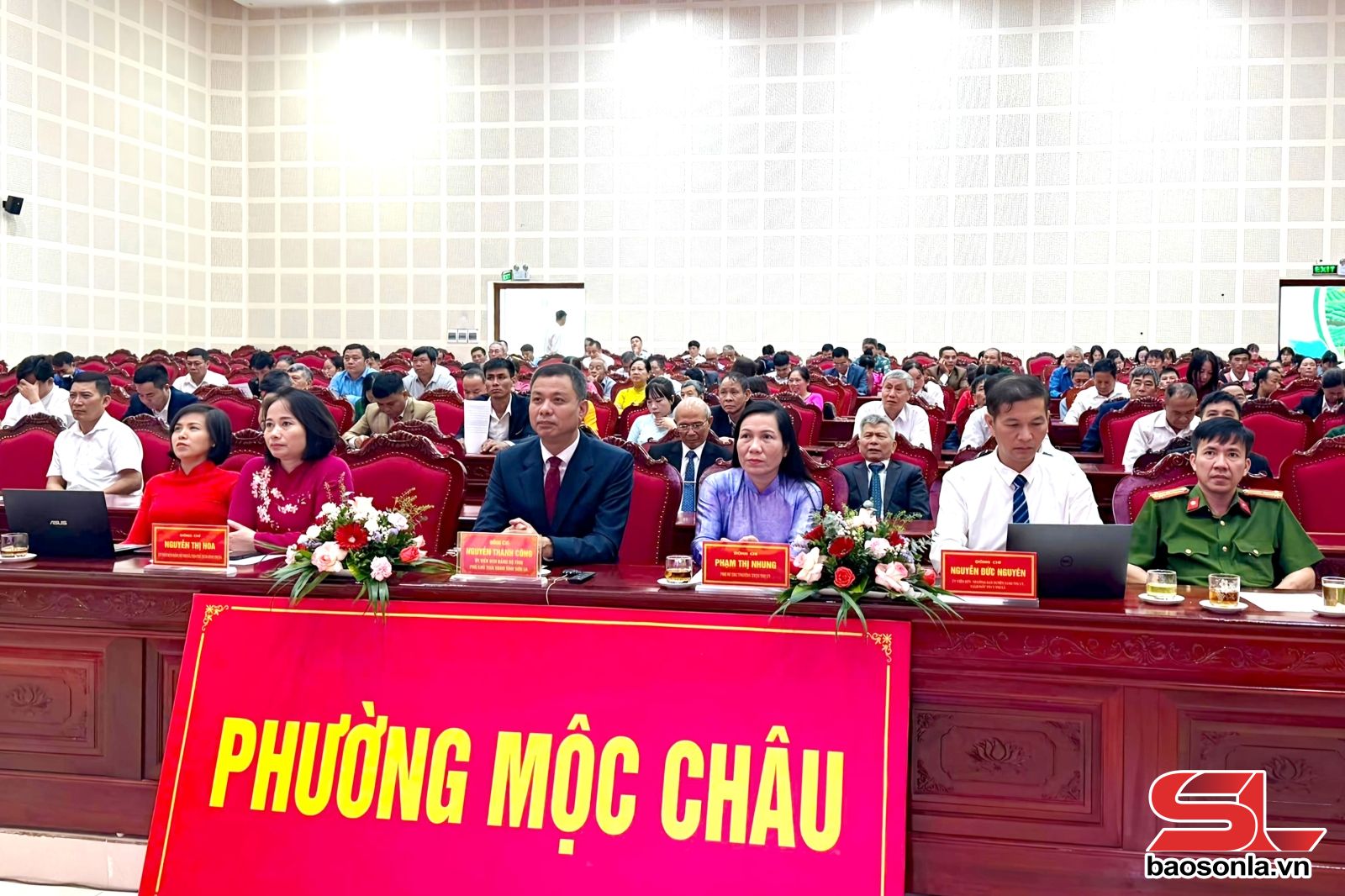
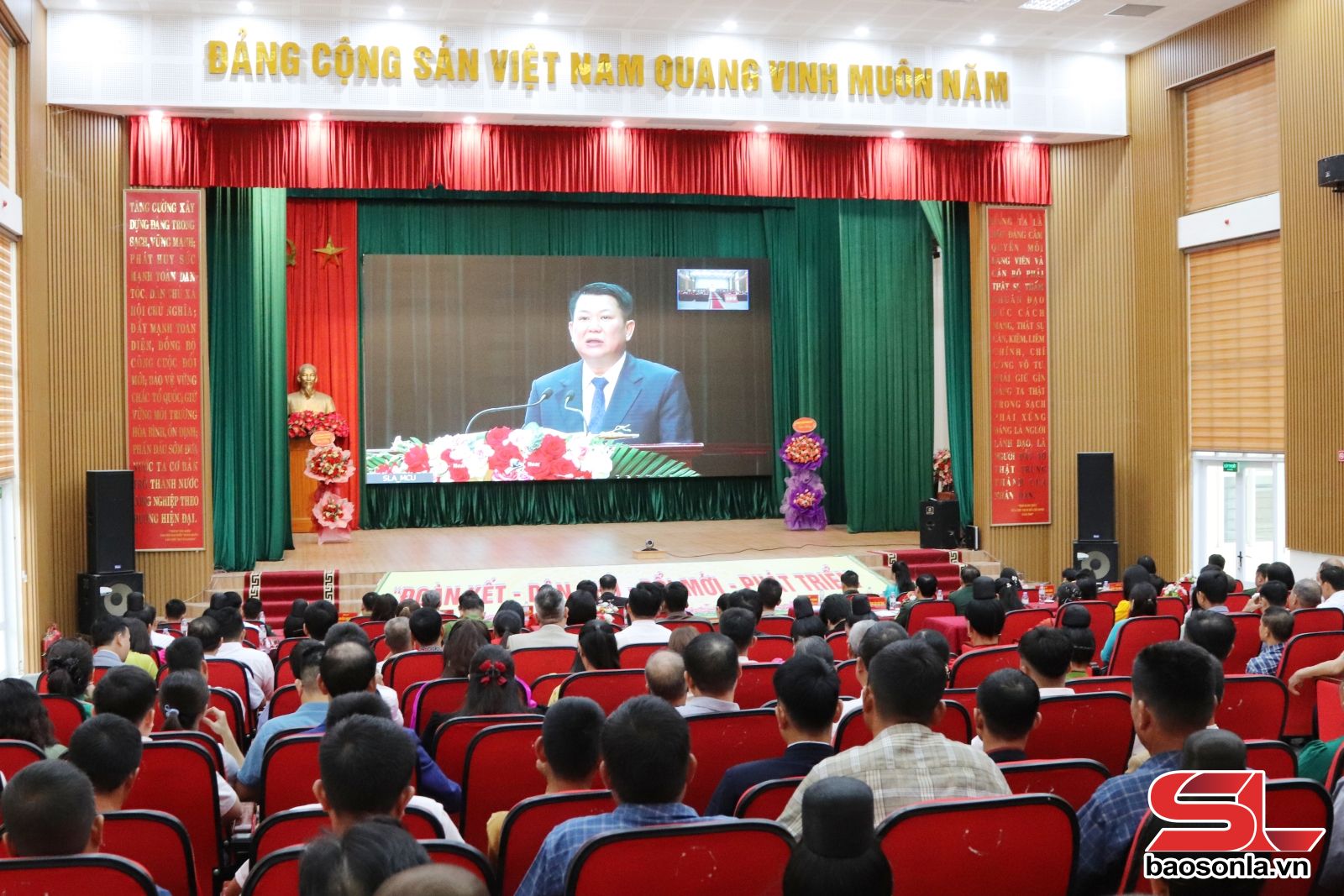
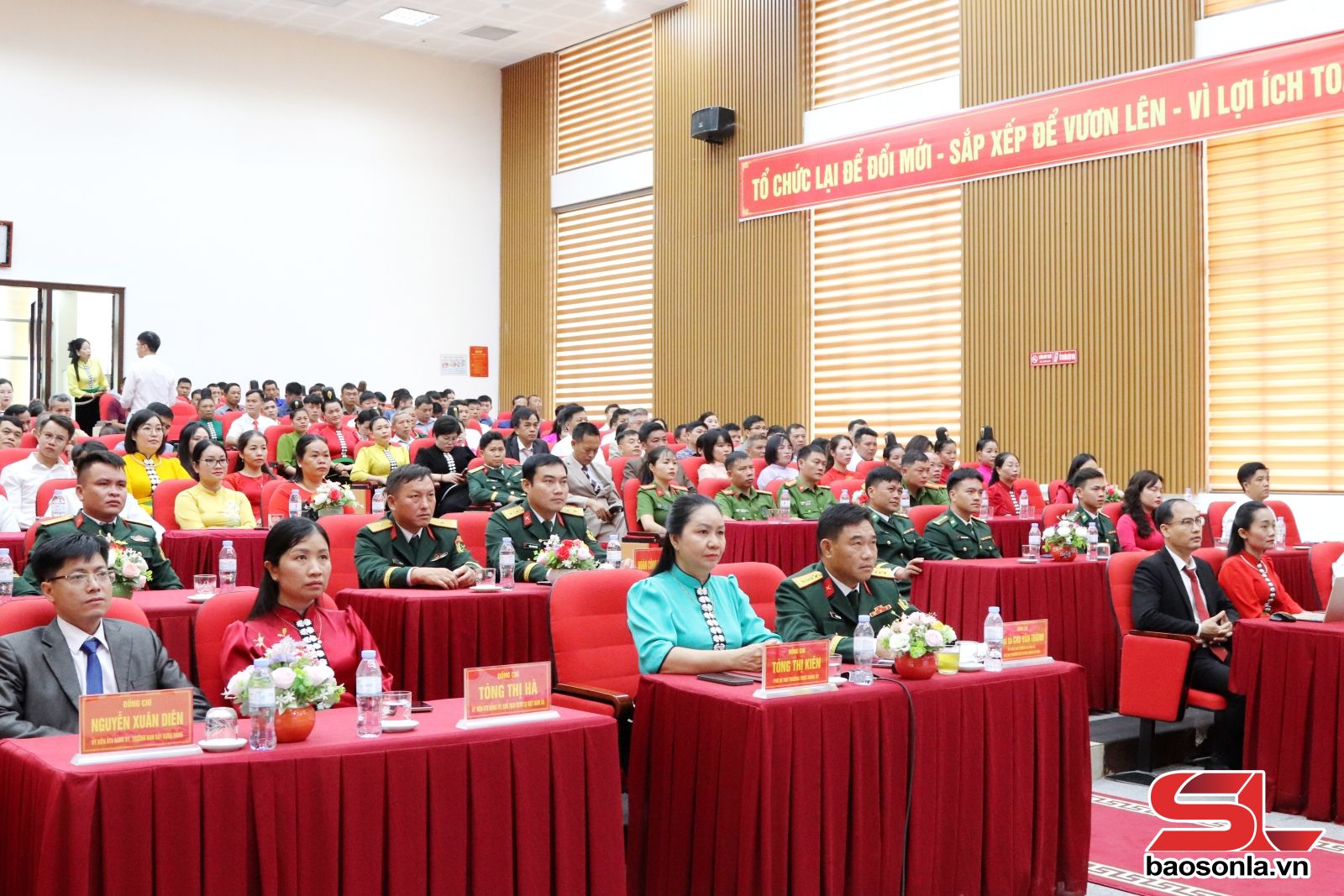

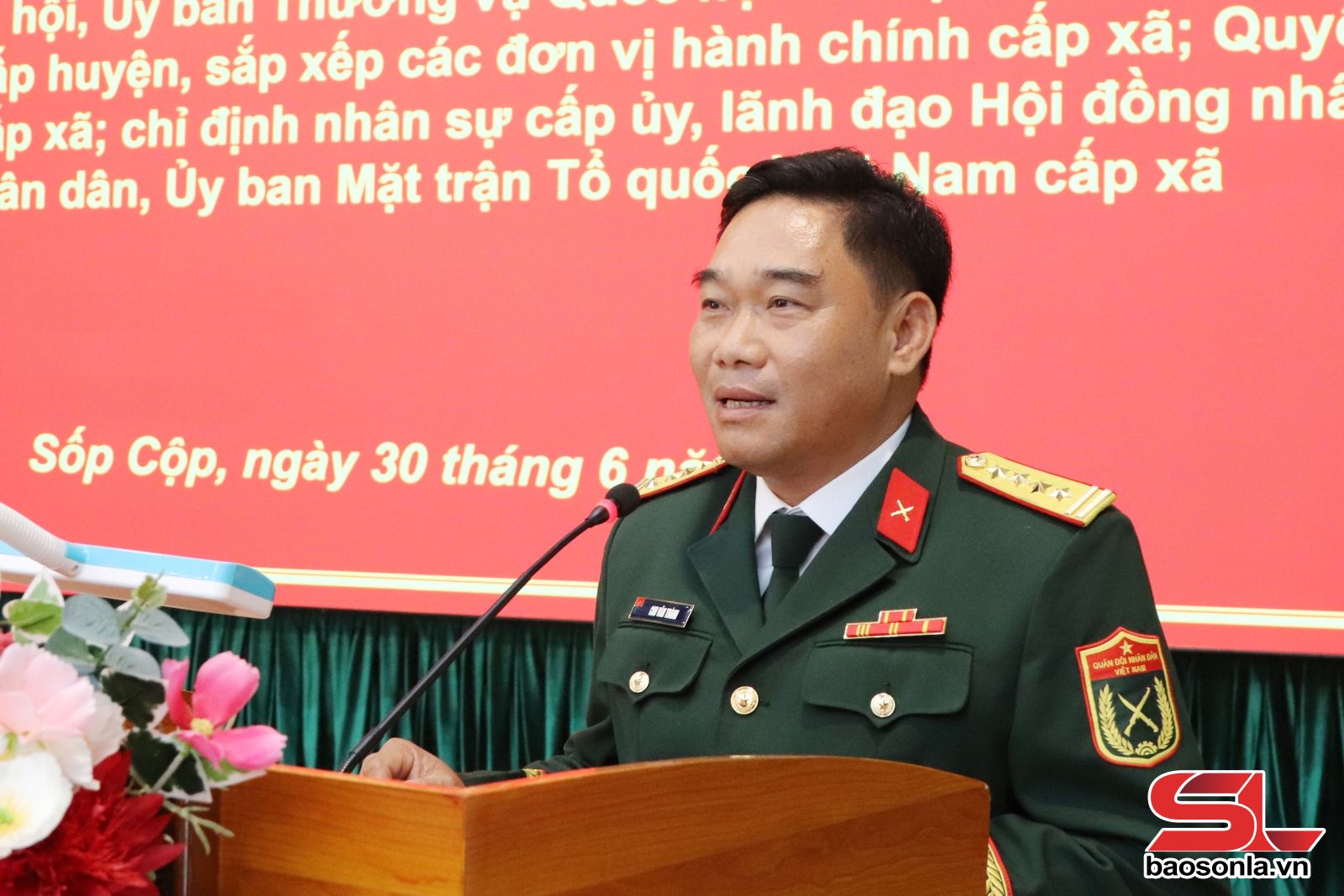
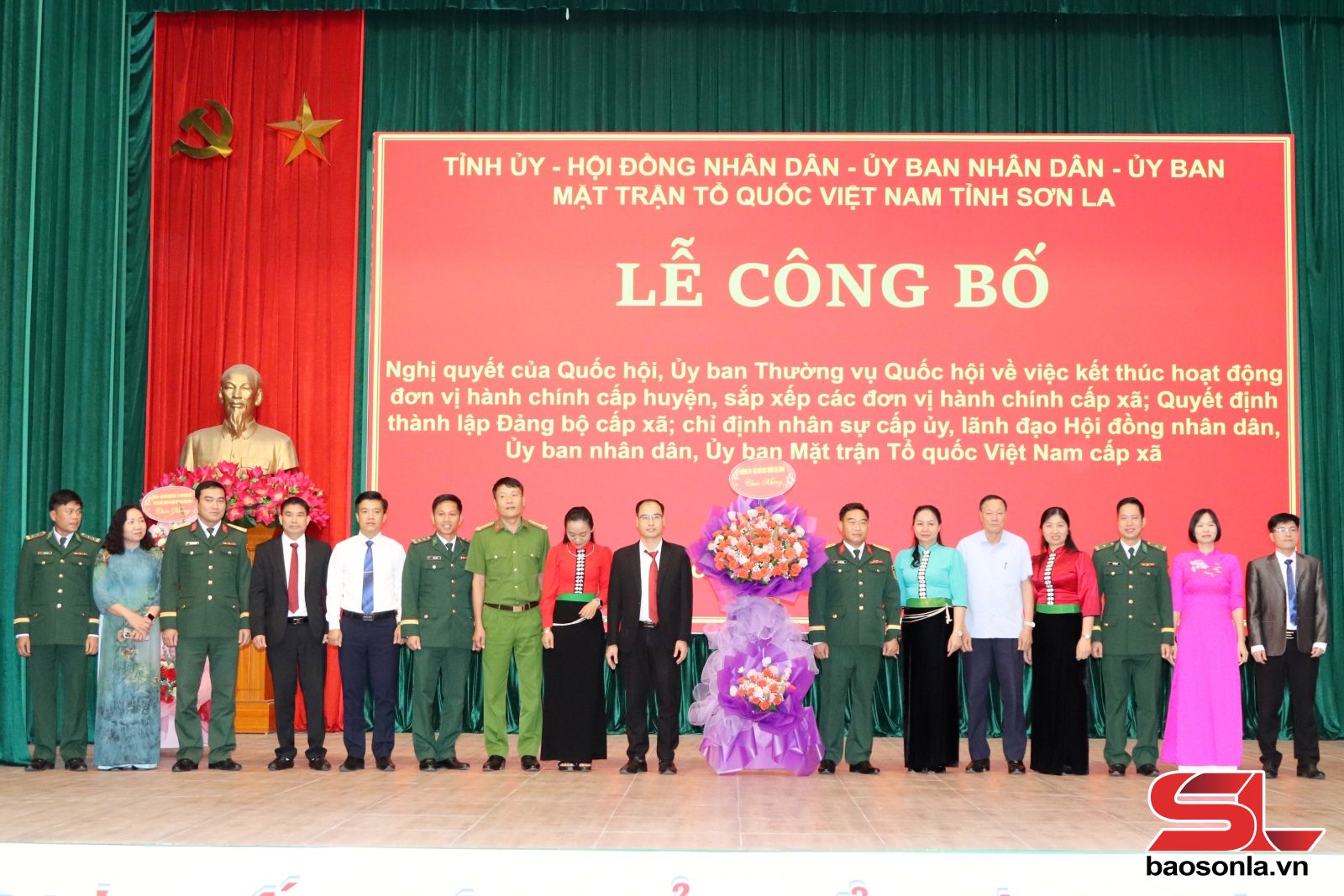
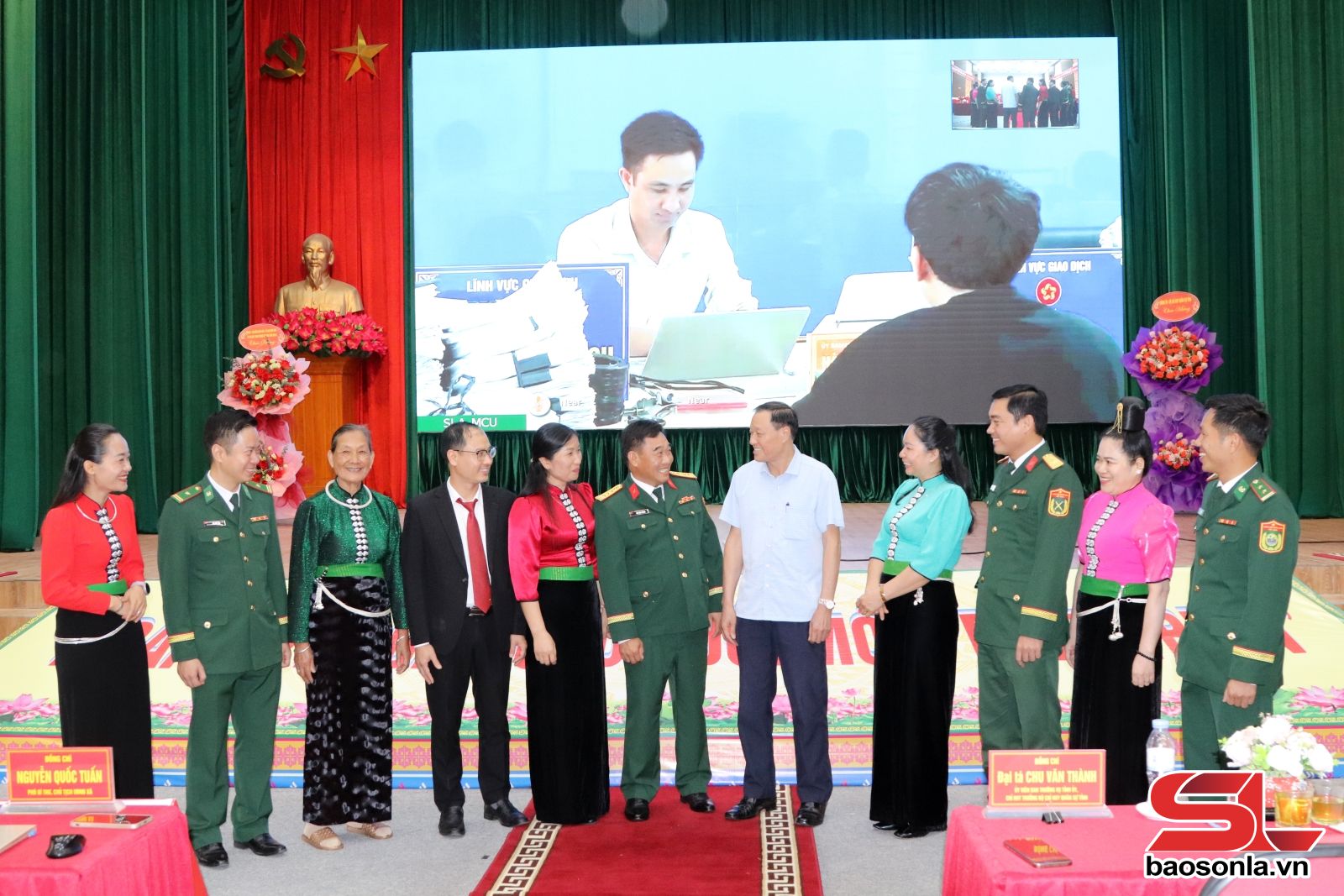


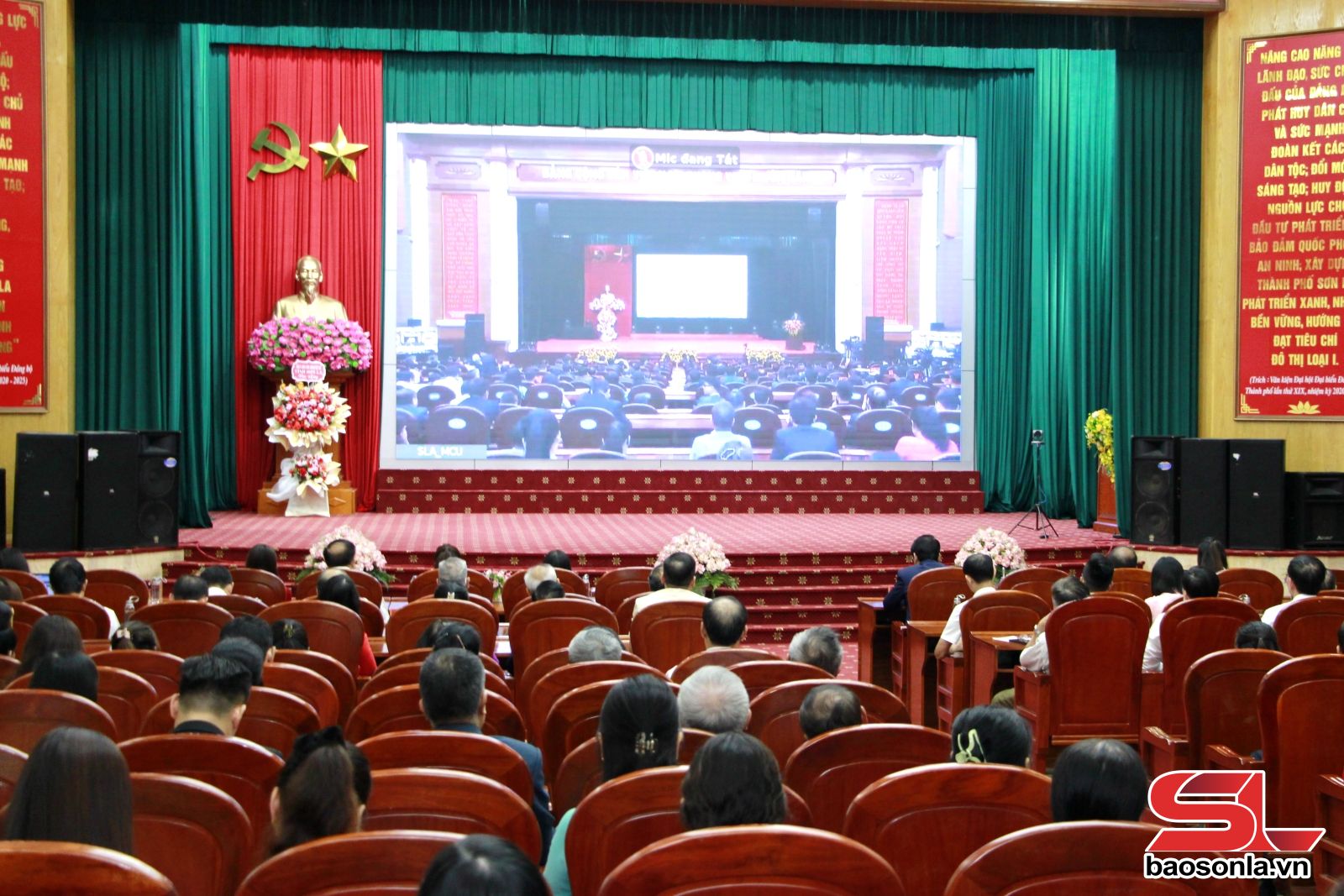
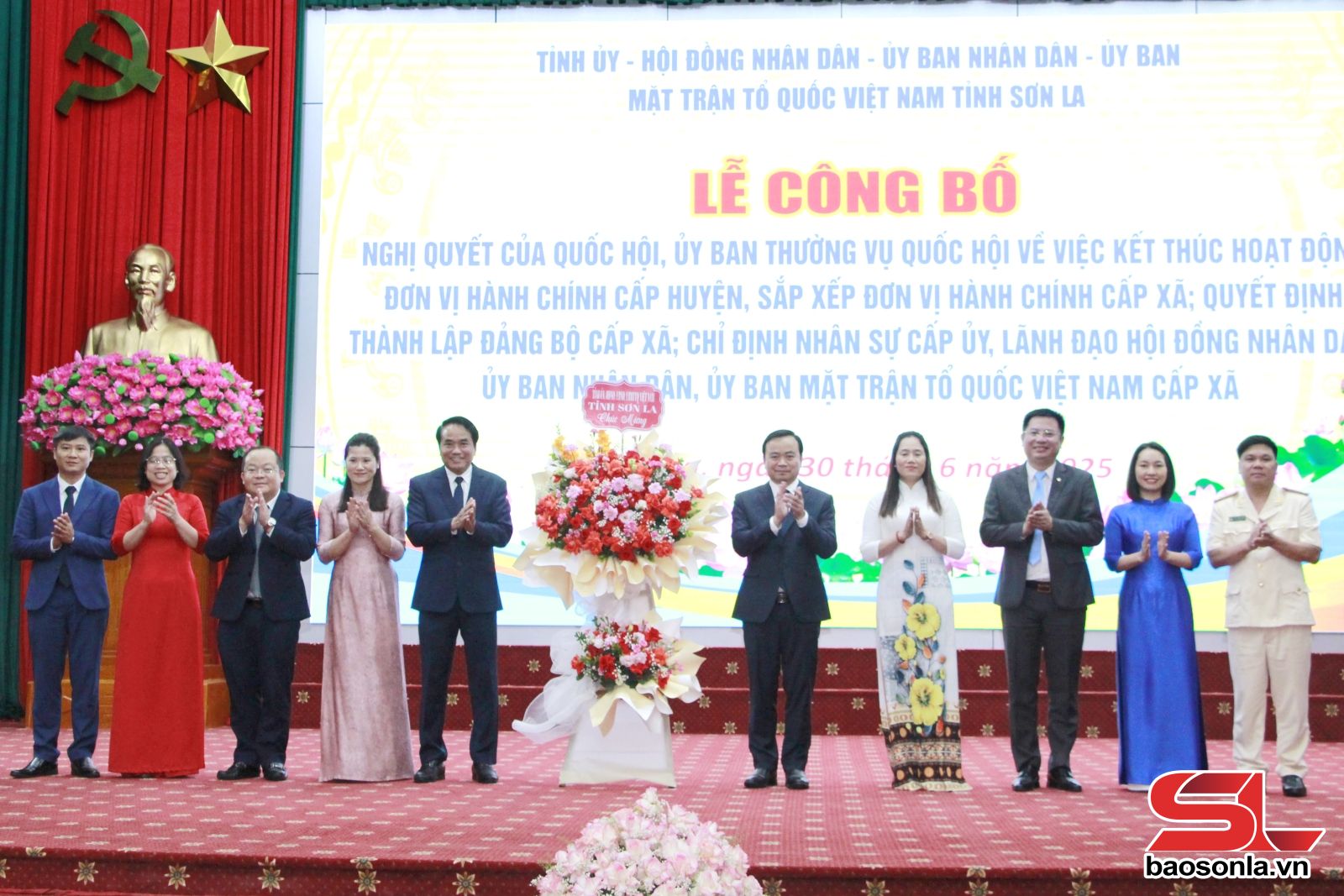
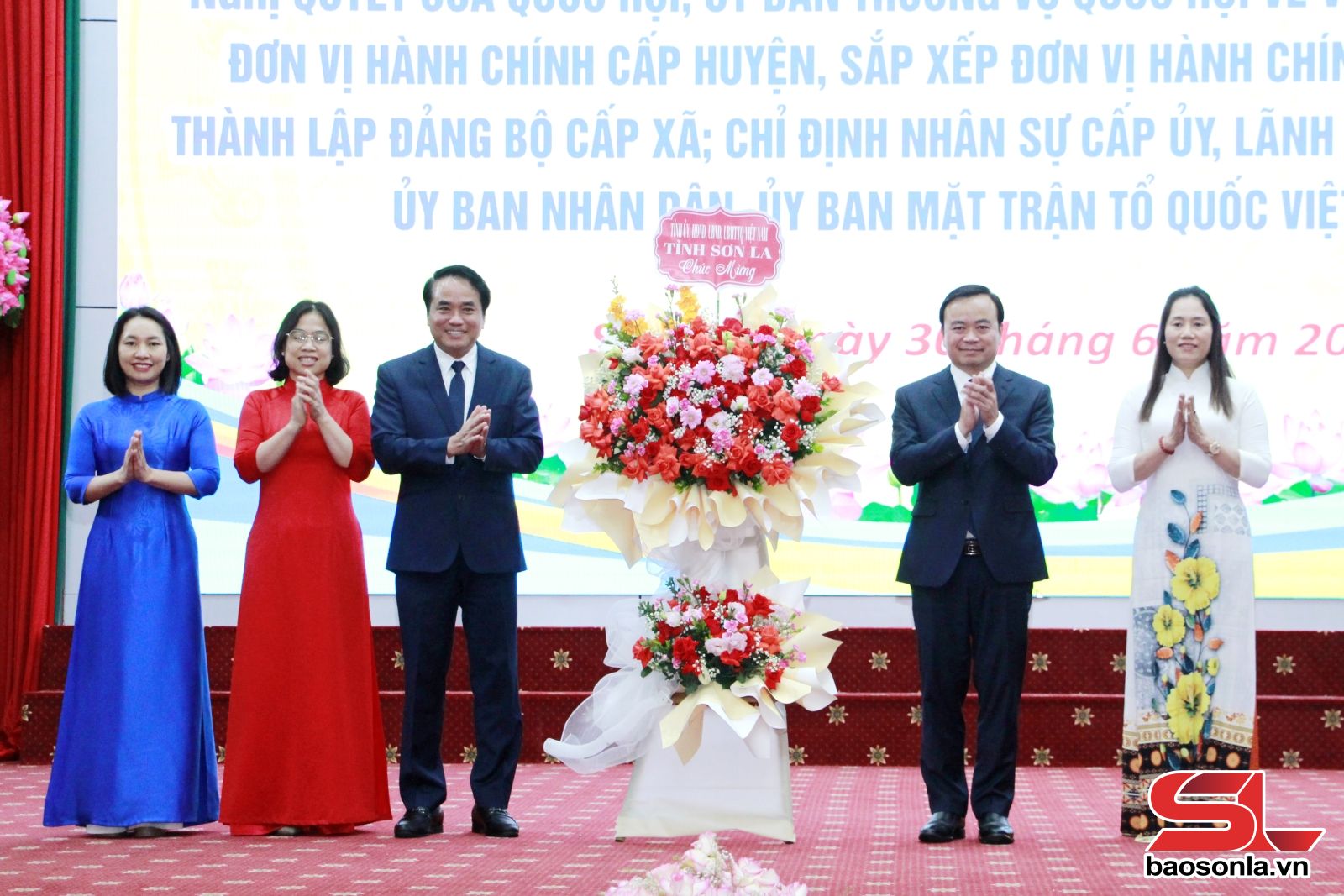
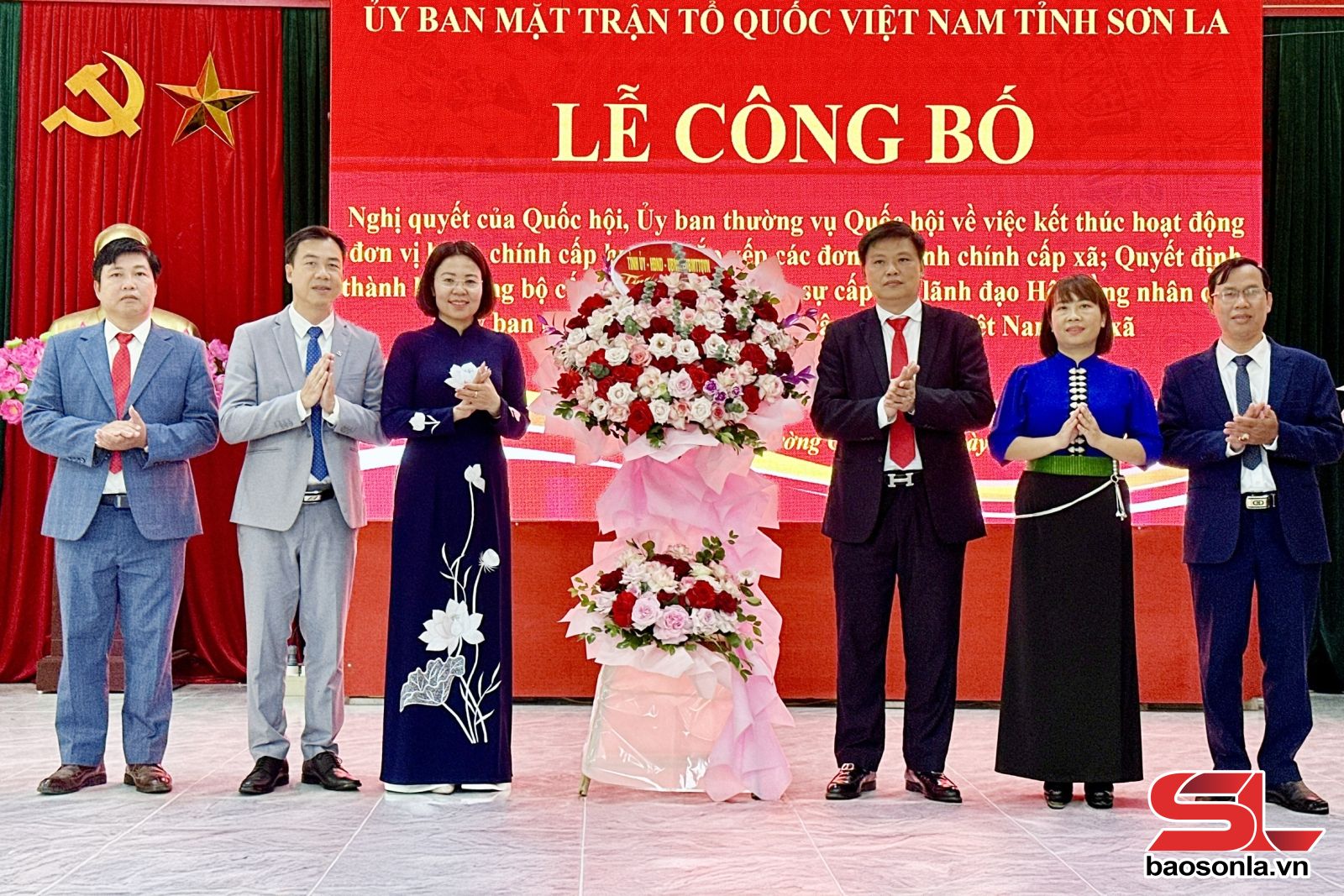
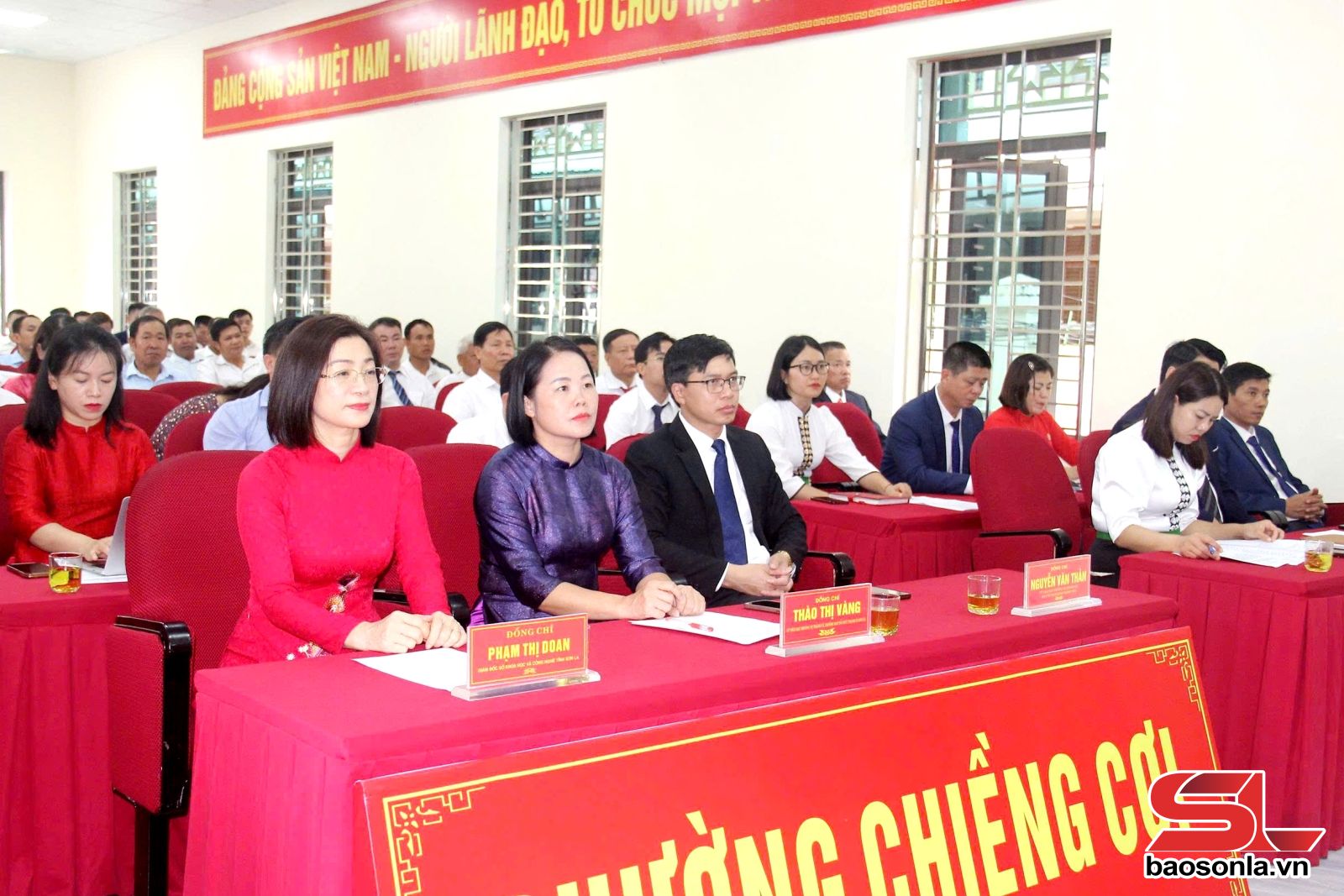
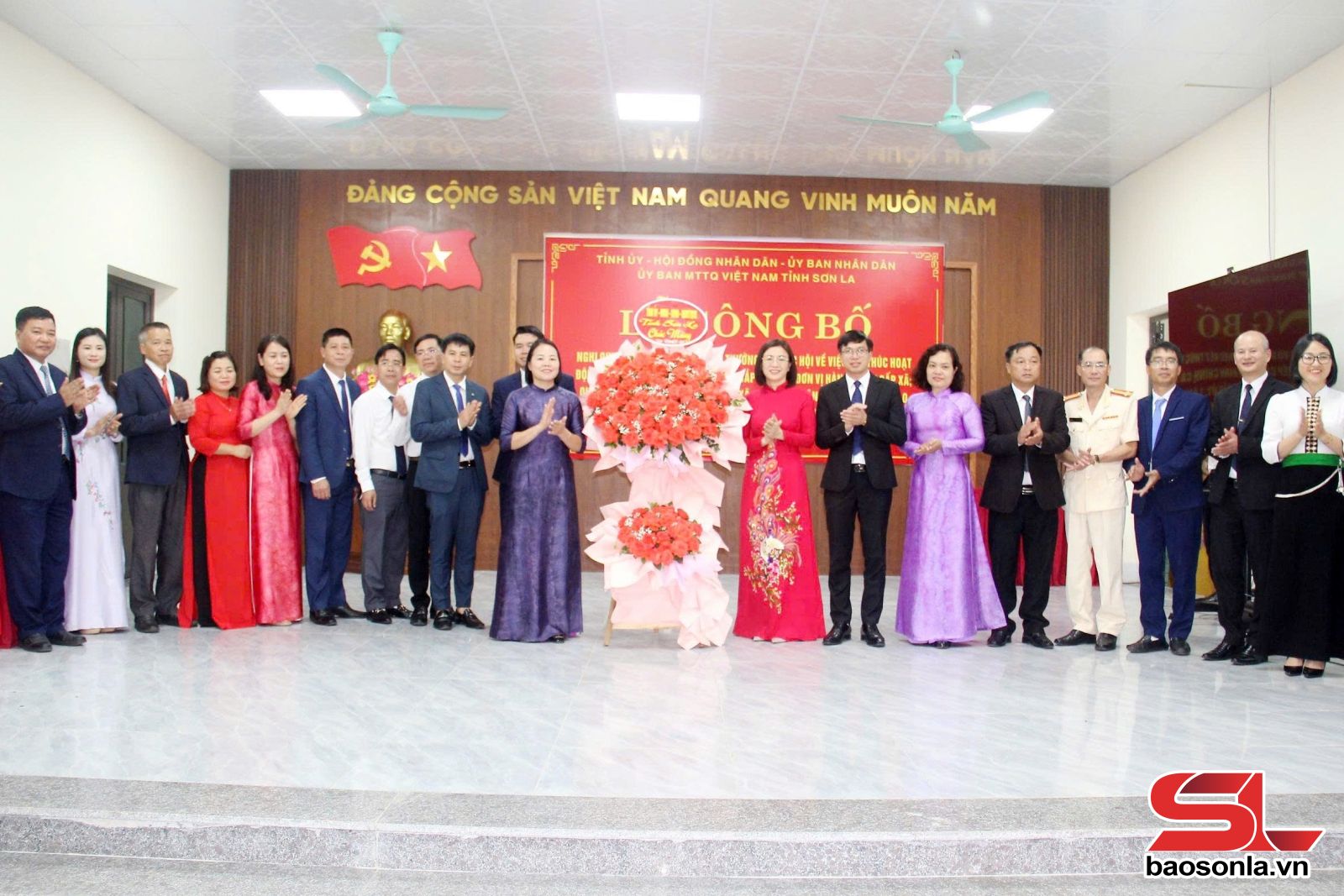
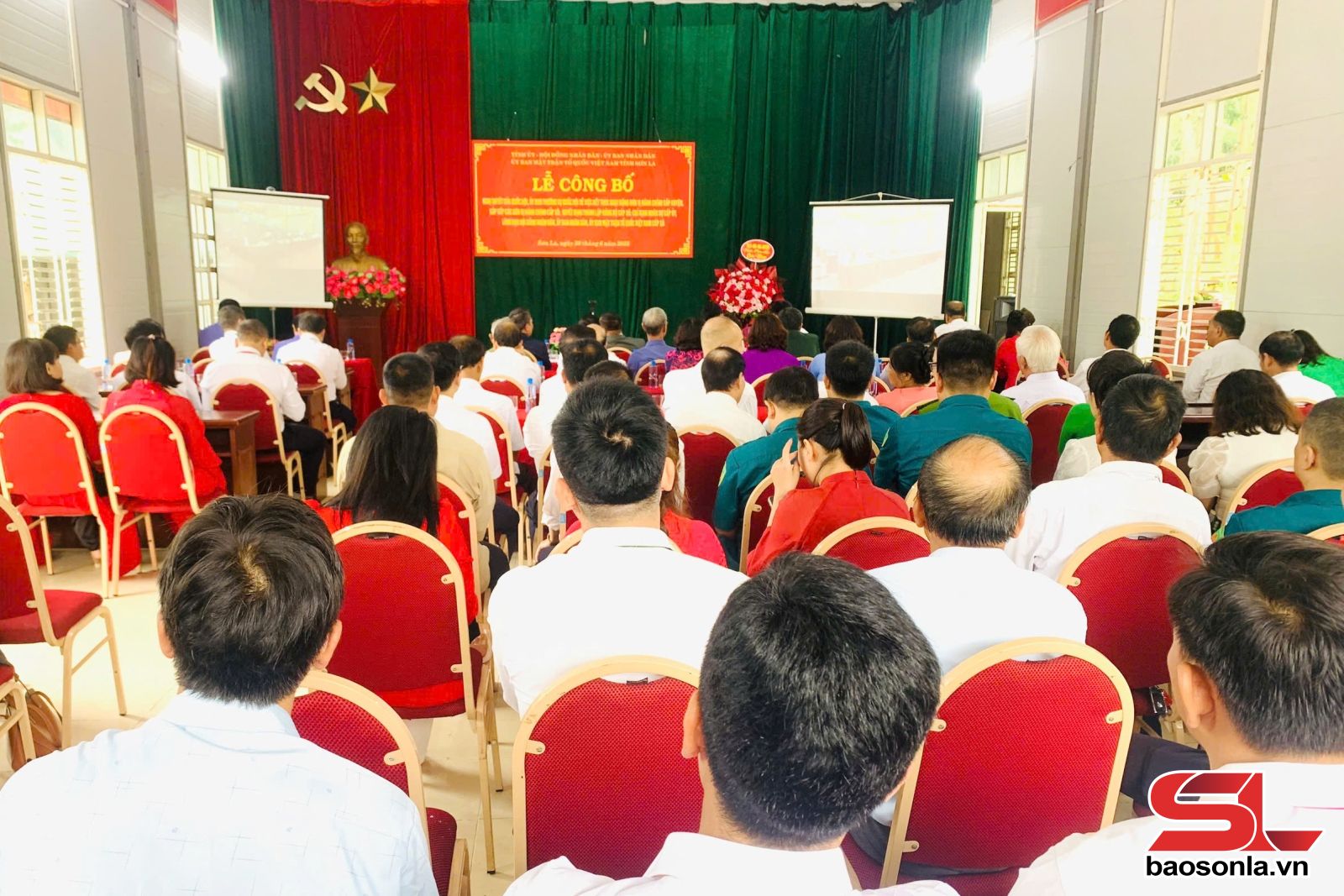
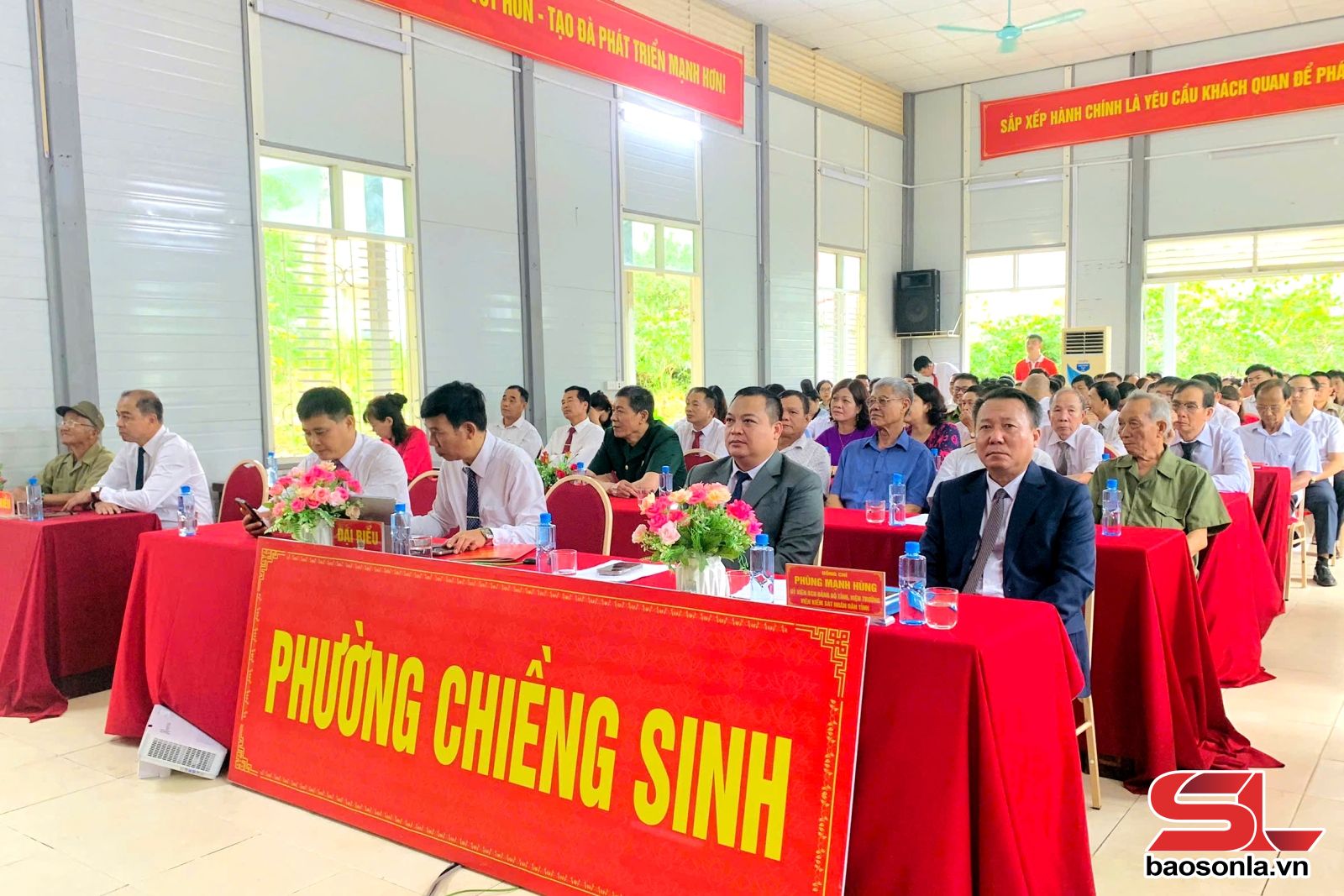
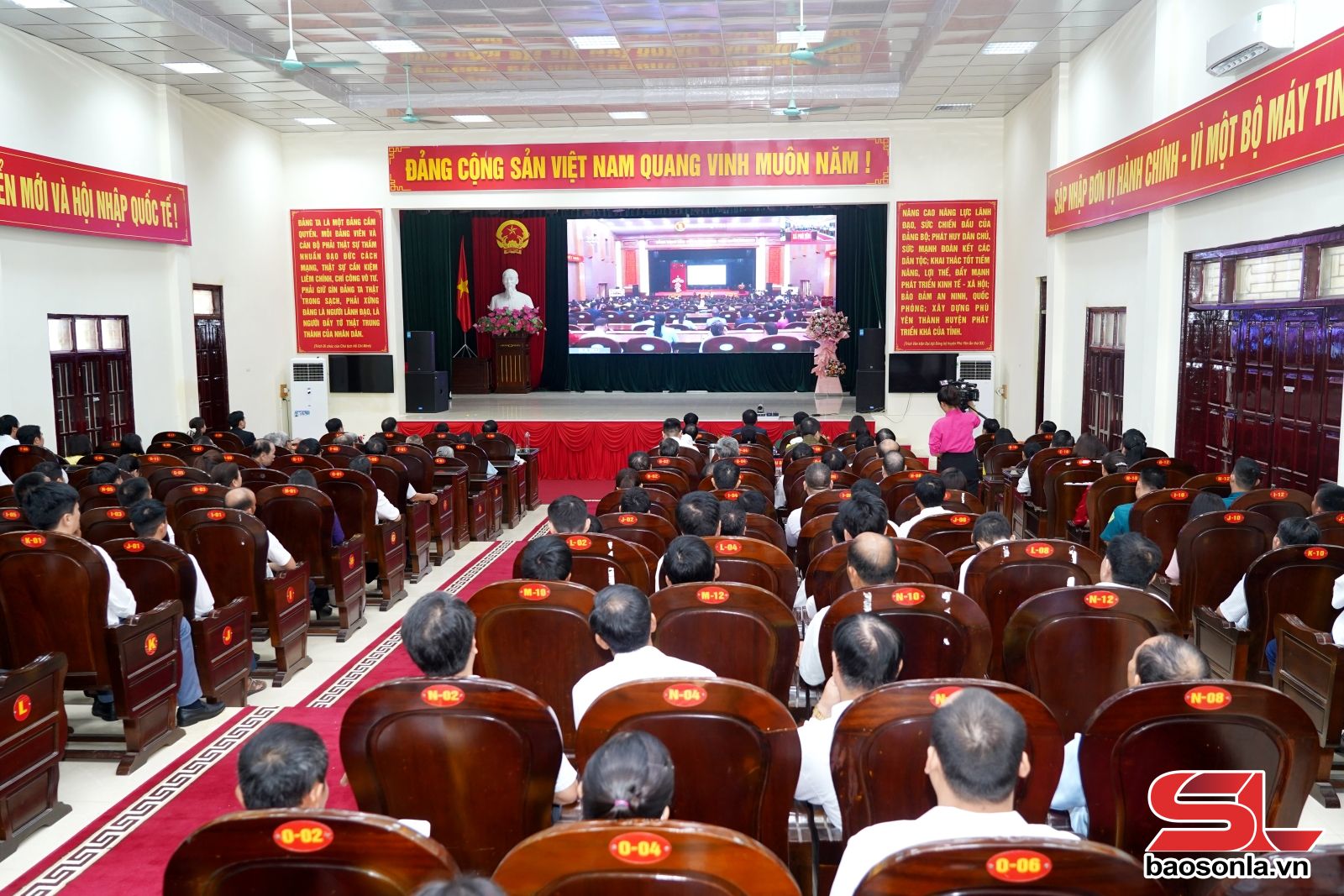
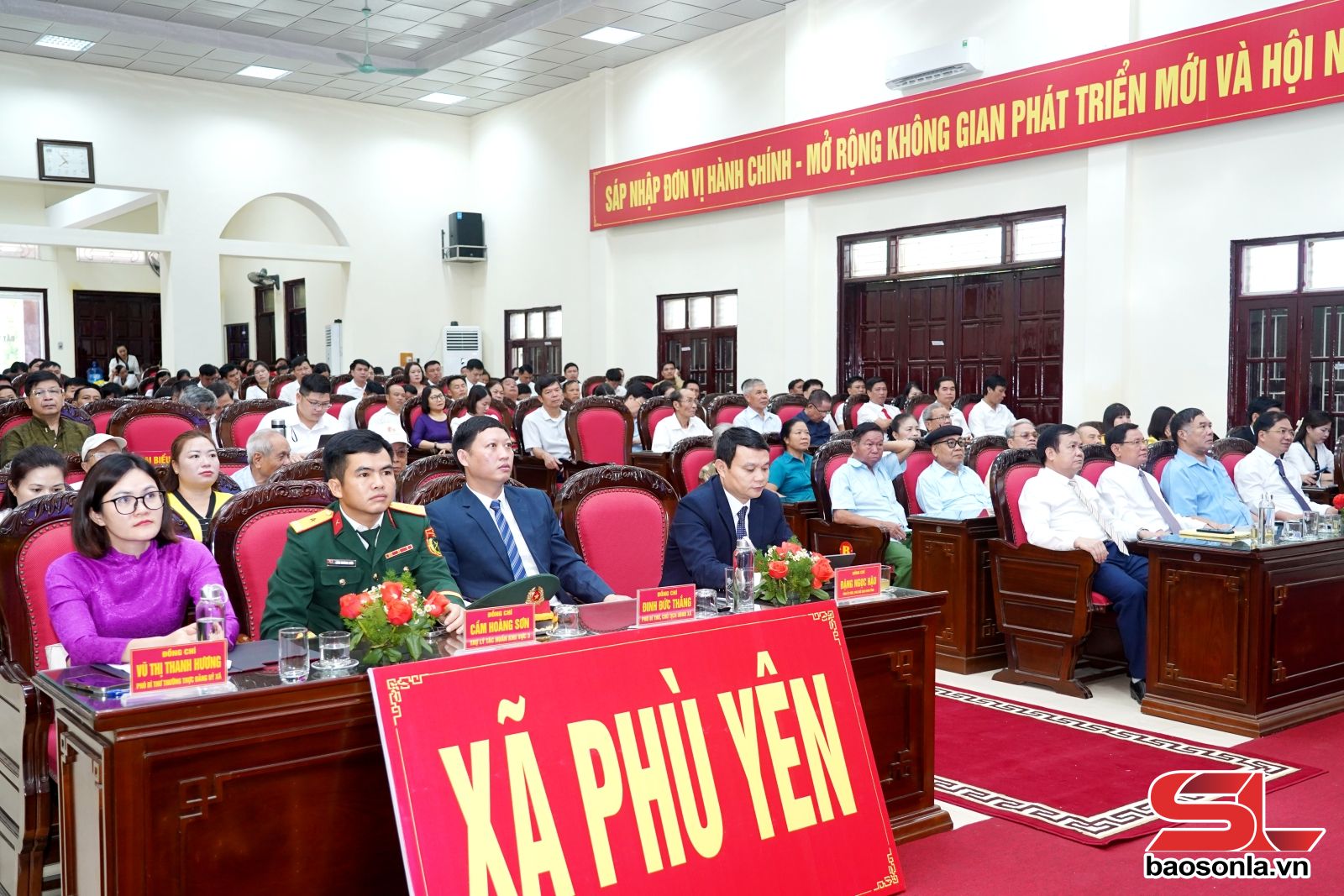
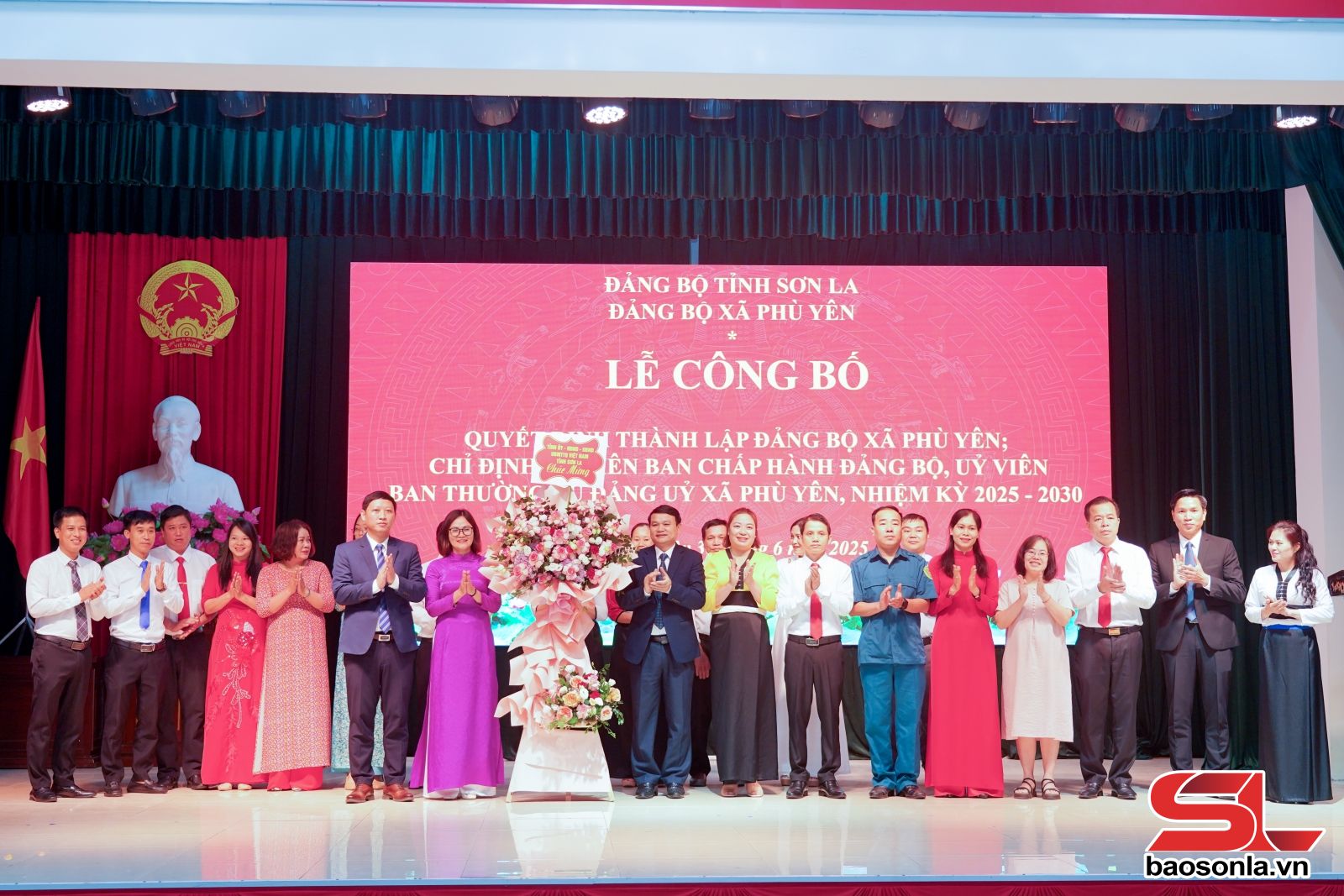
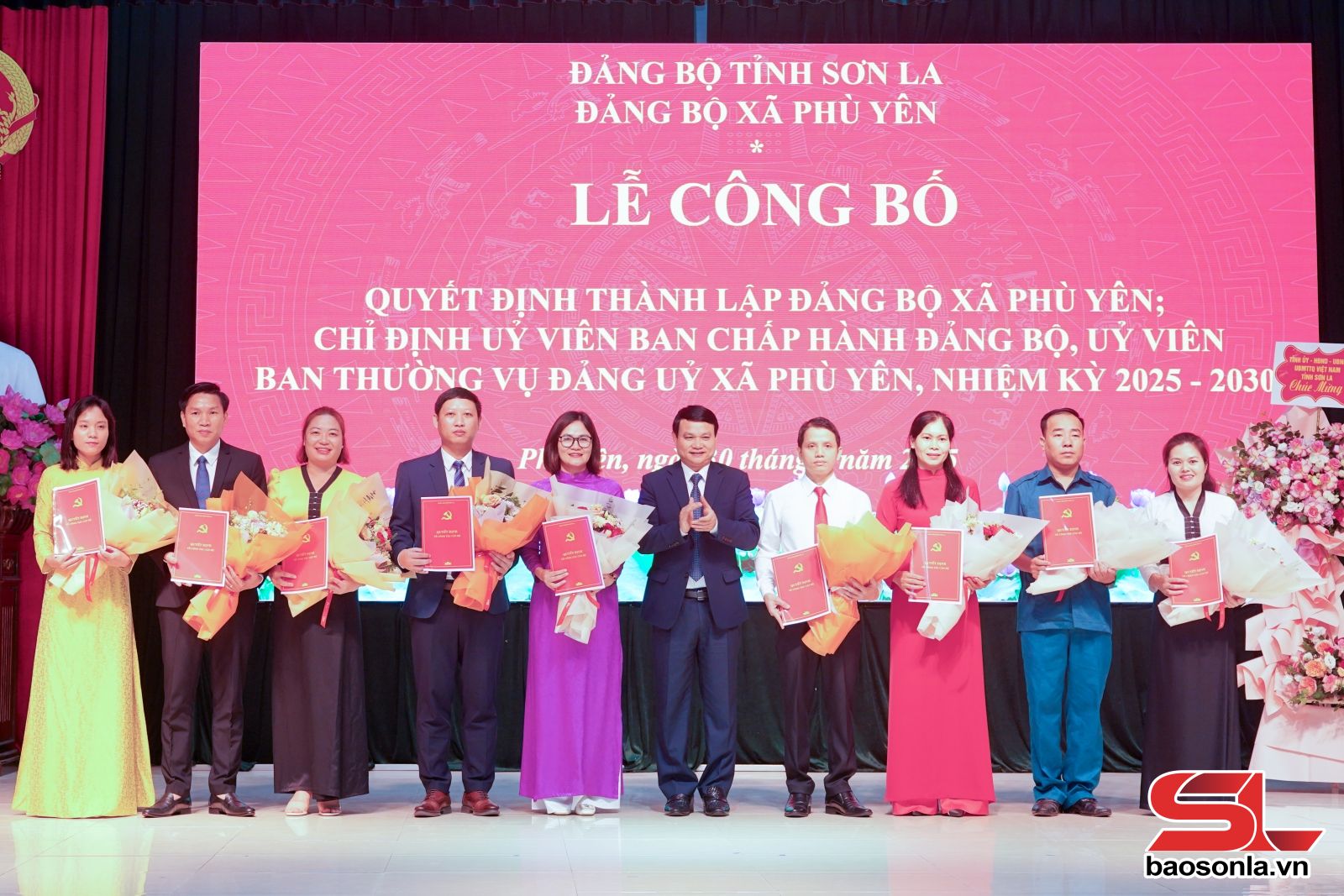

.jpg)



.jpg)



















You have 500/500 characters left
Please enter 5 or more characters!!!